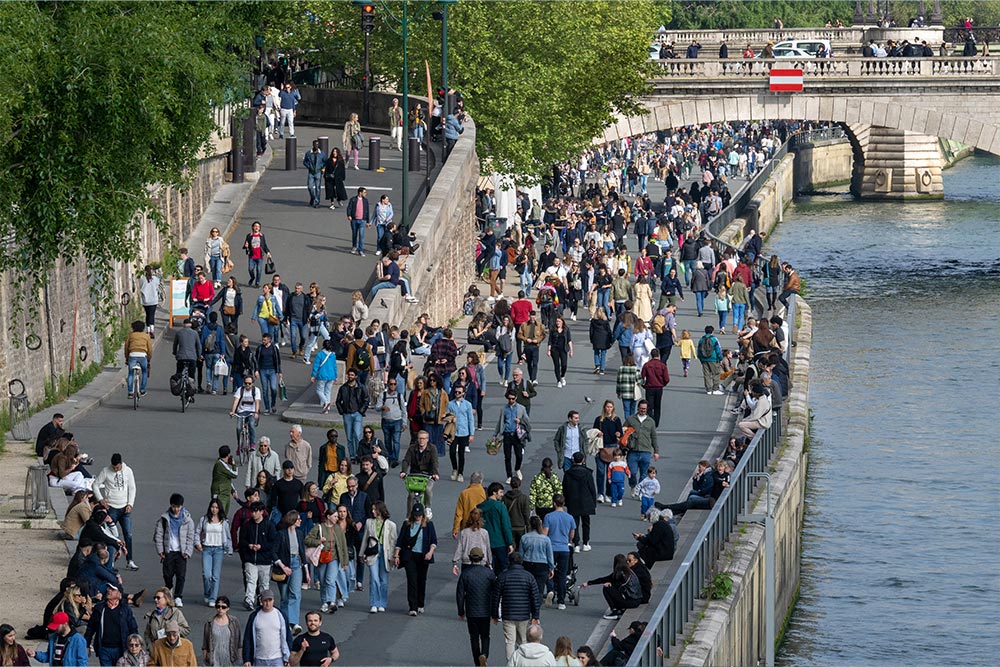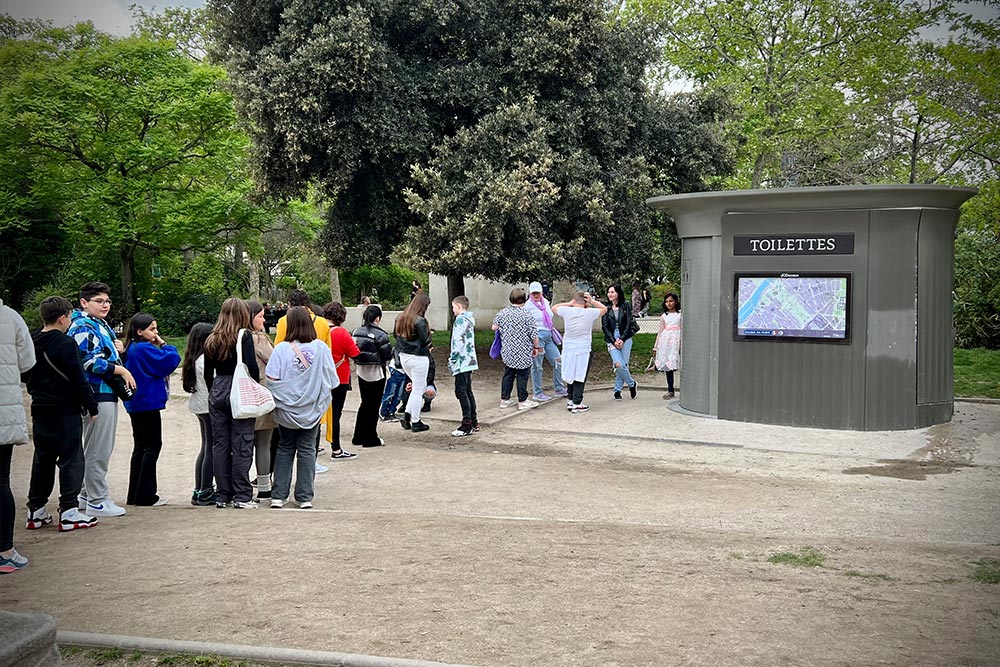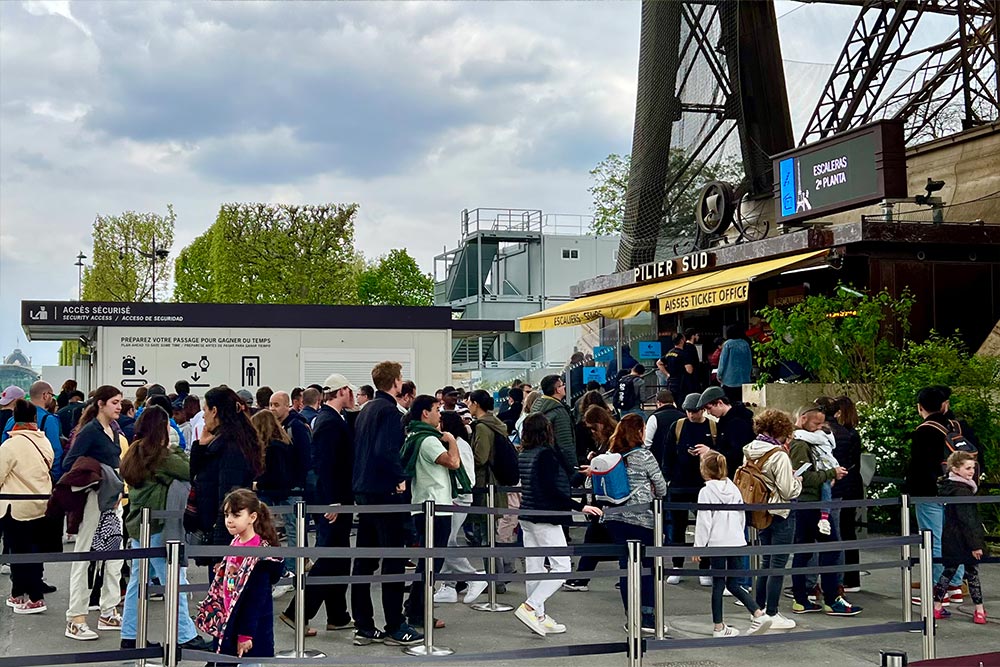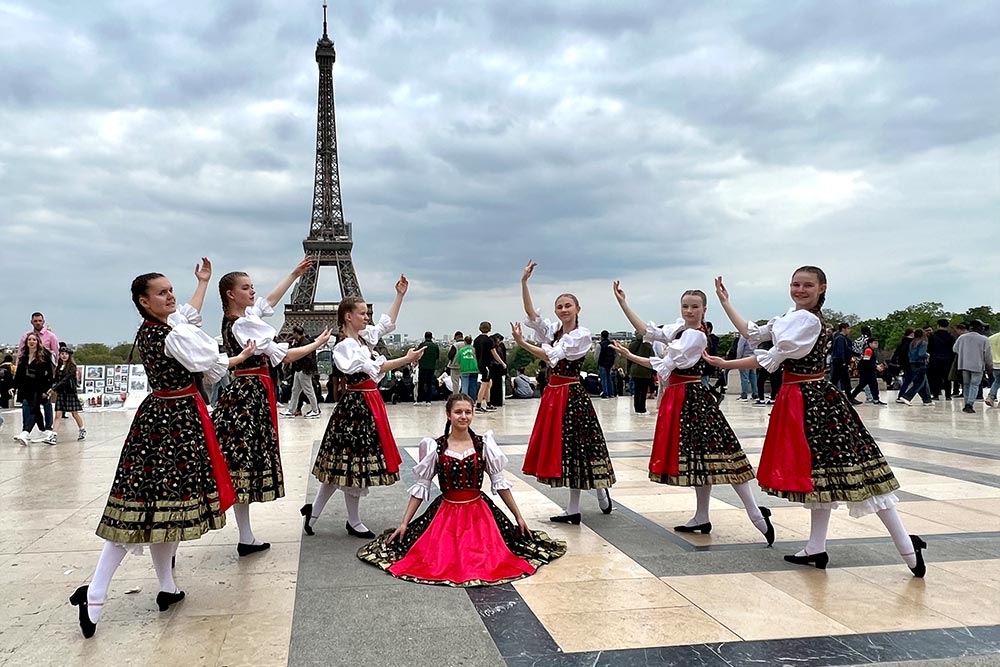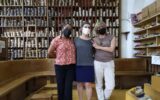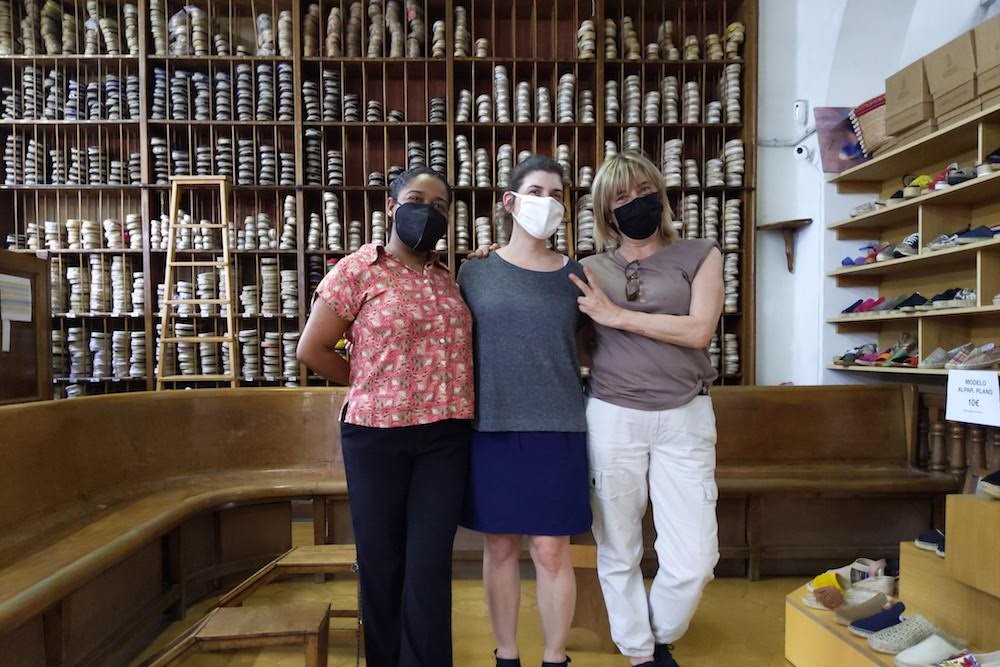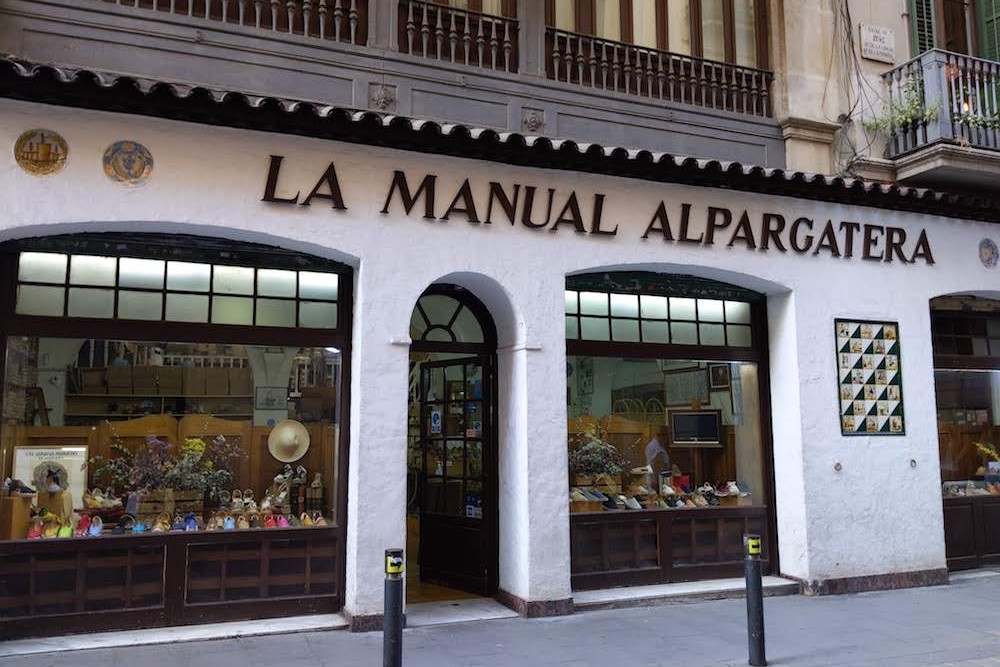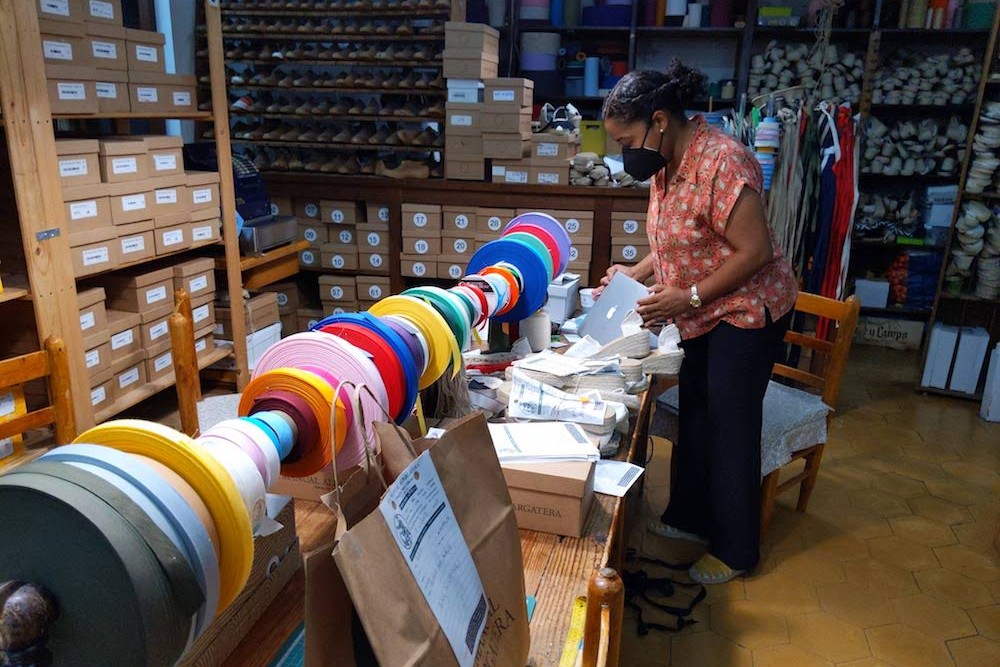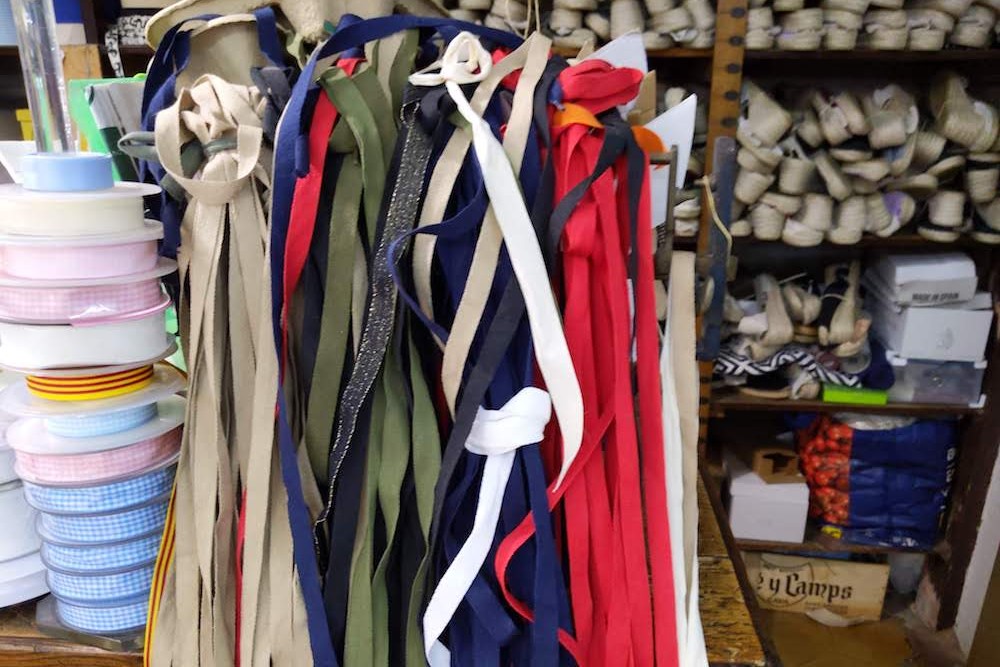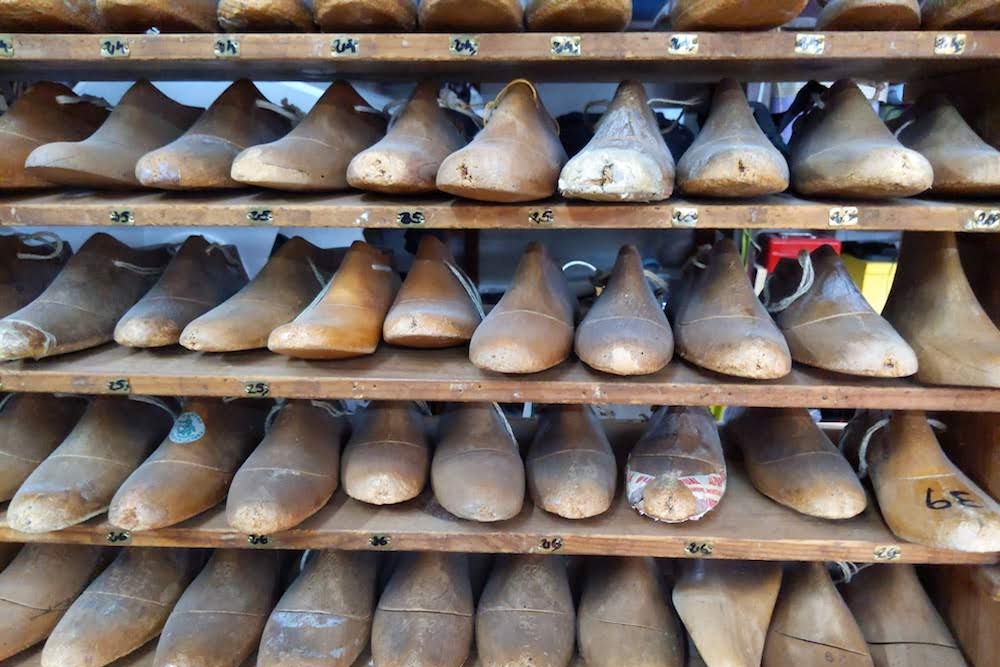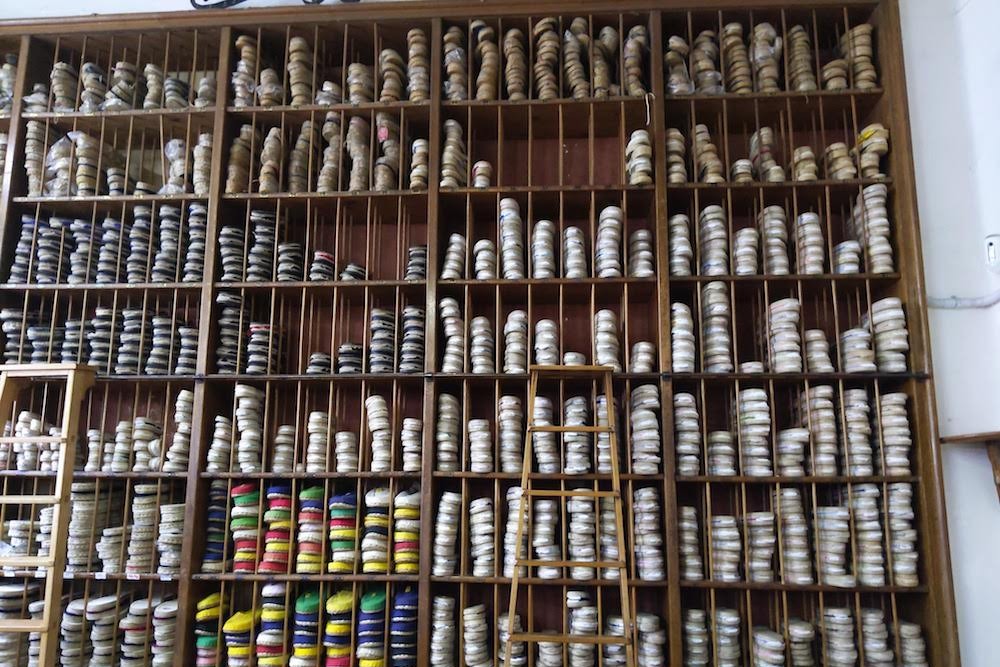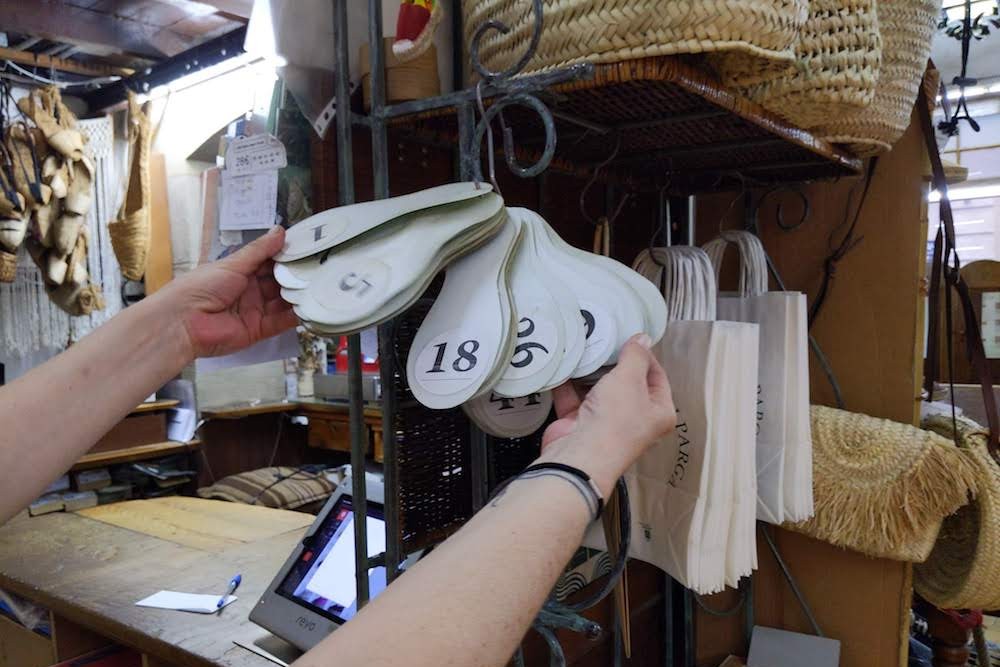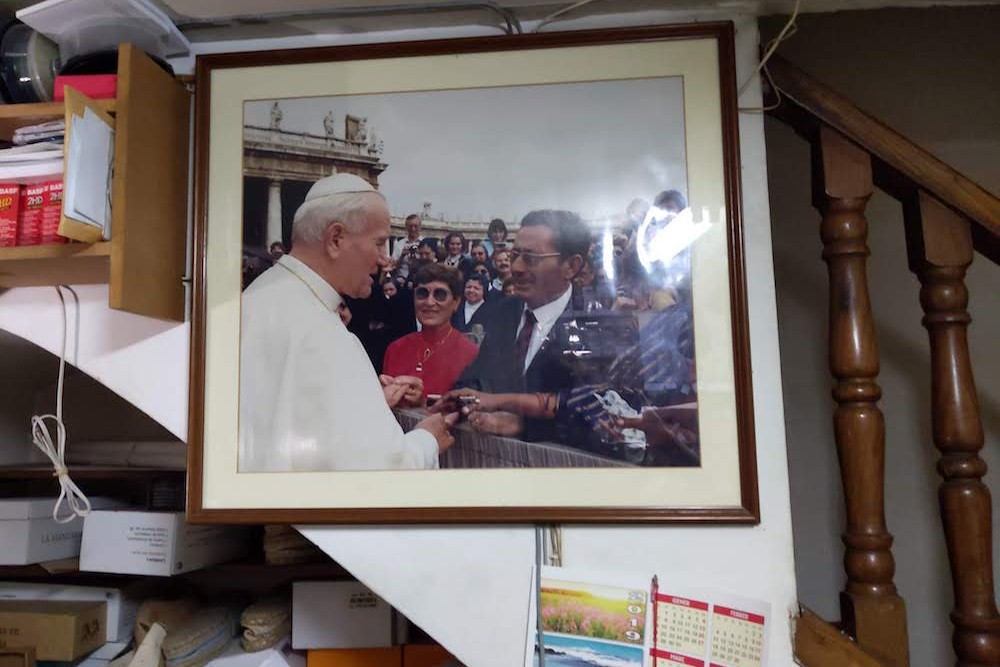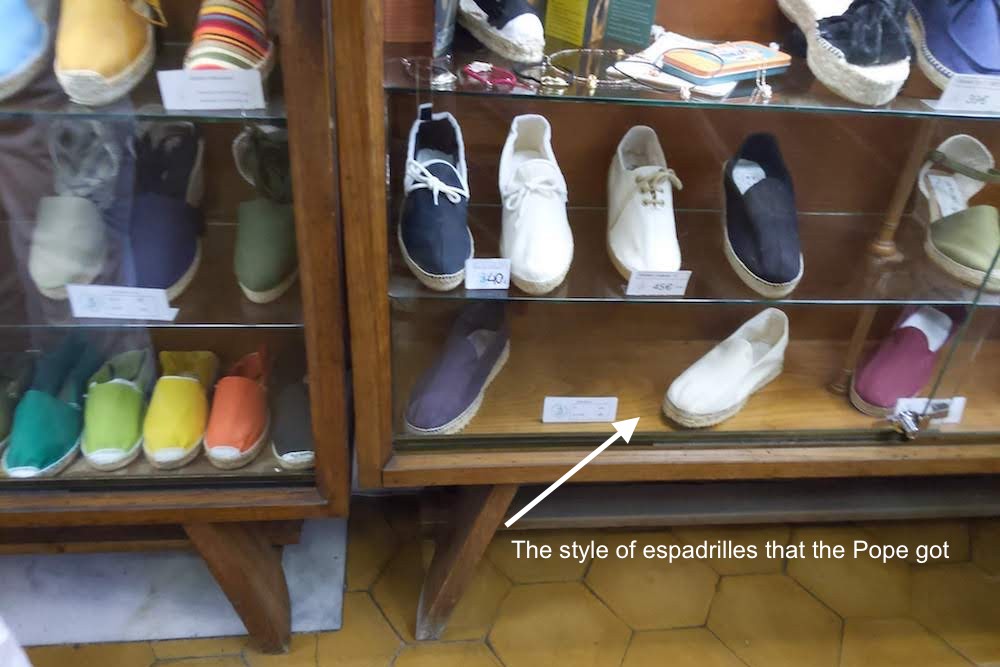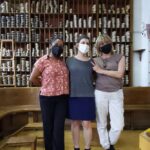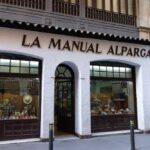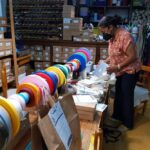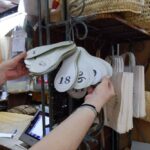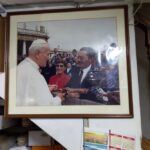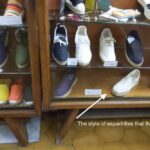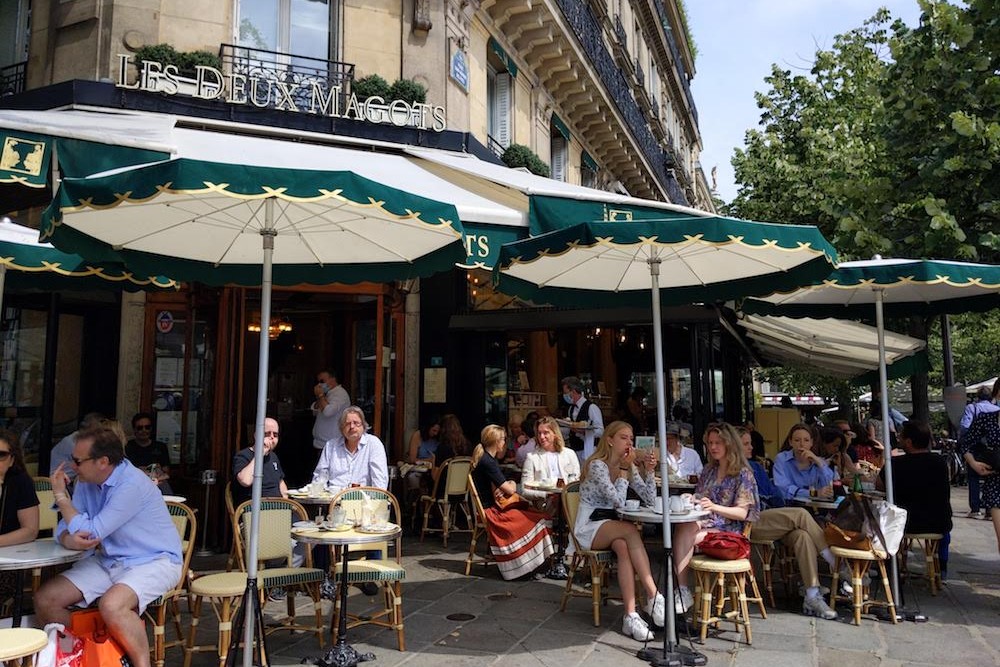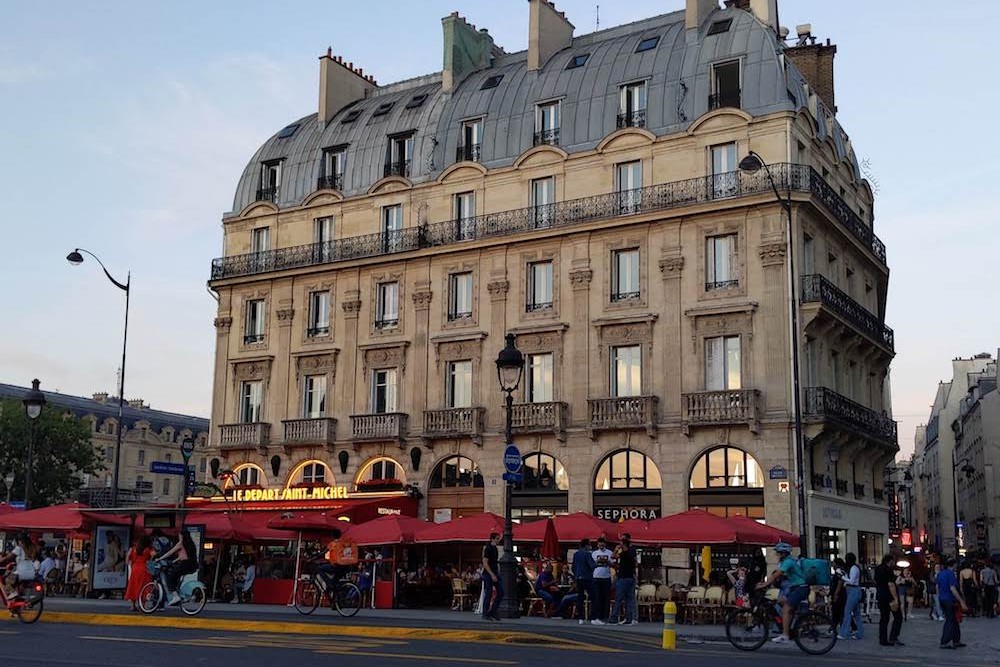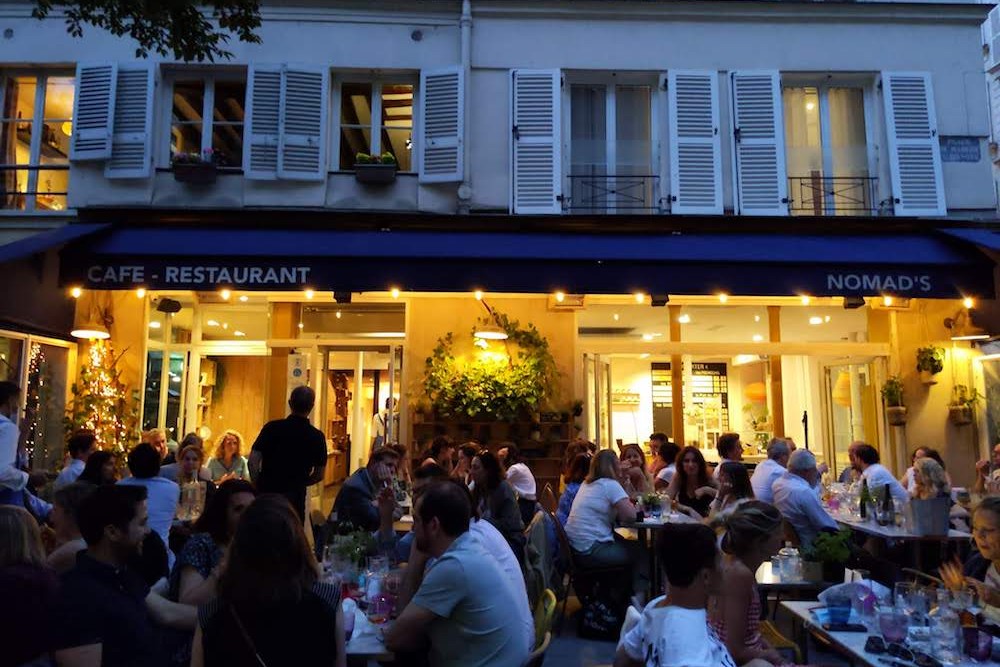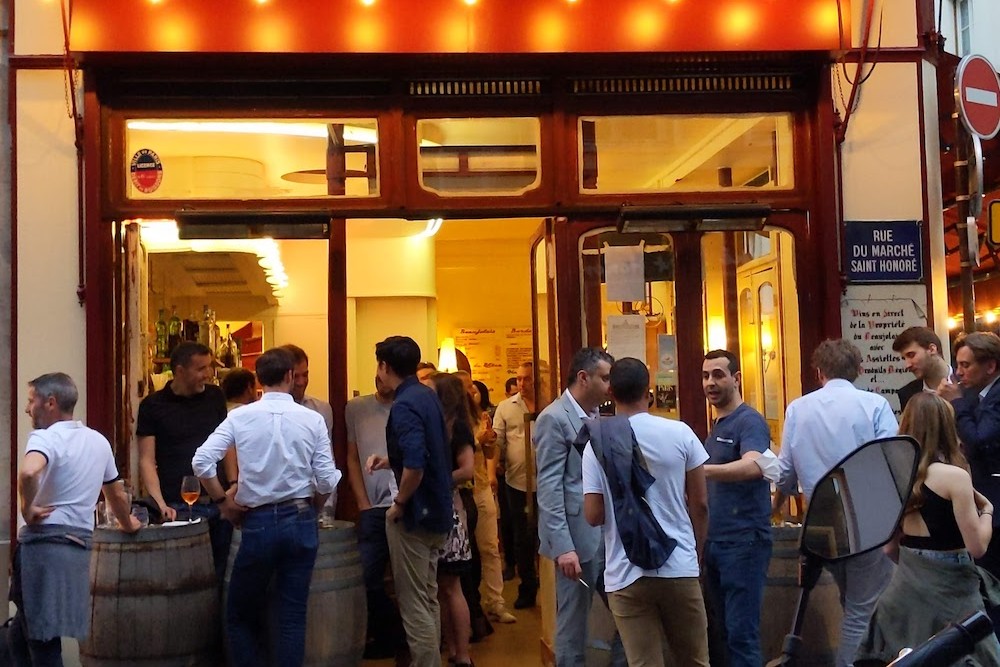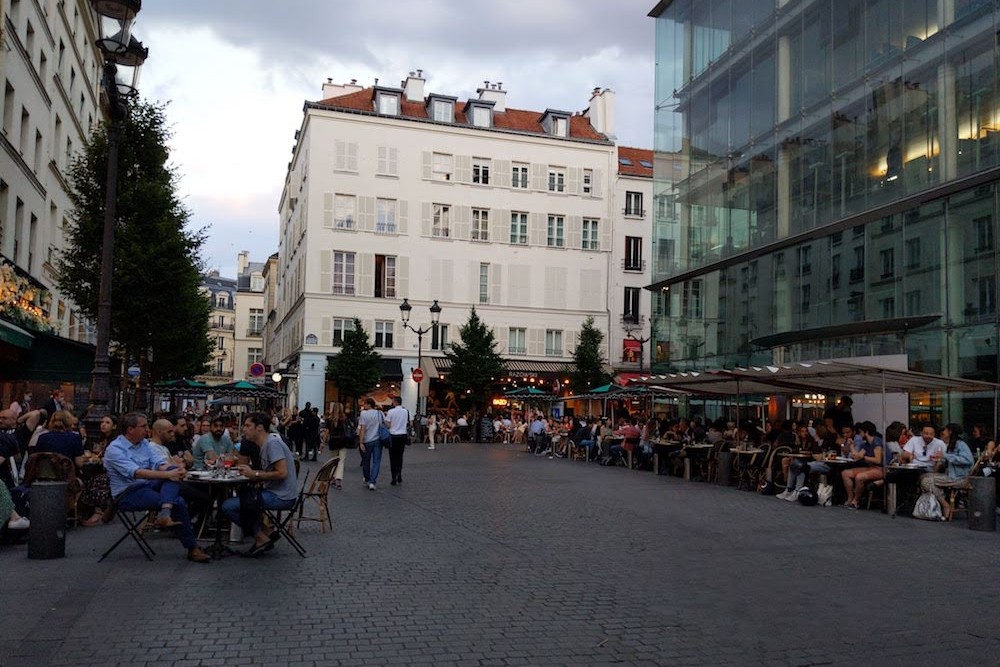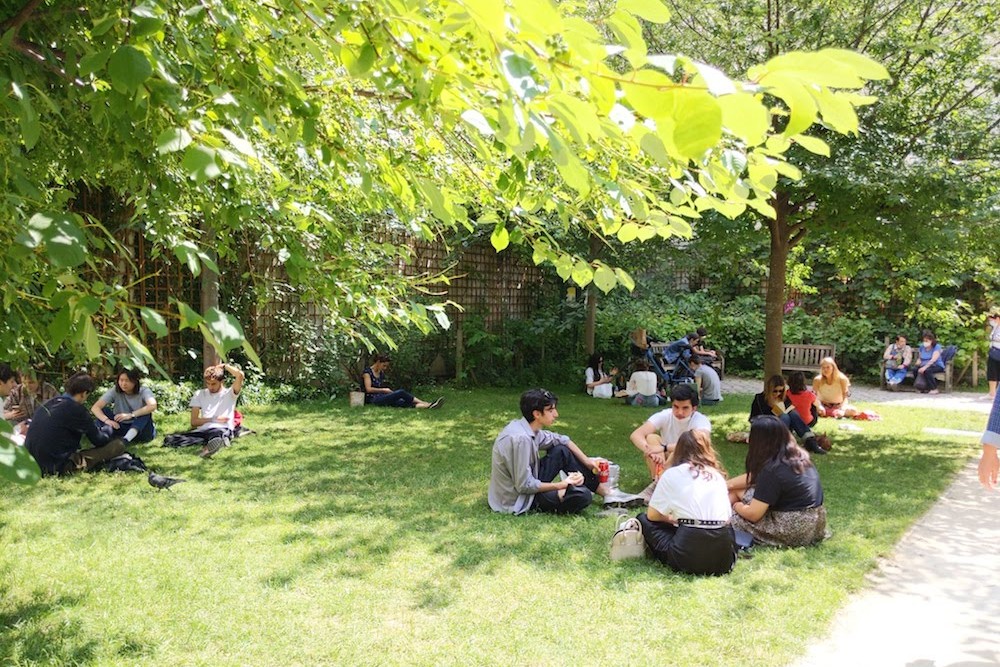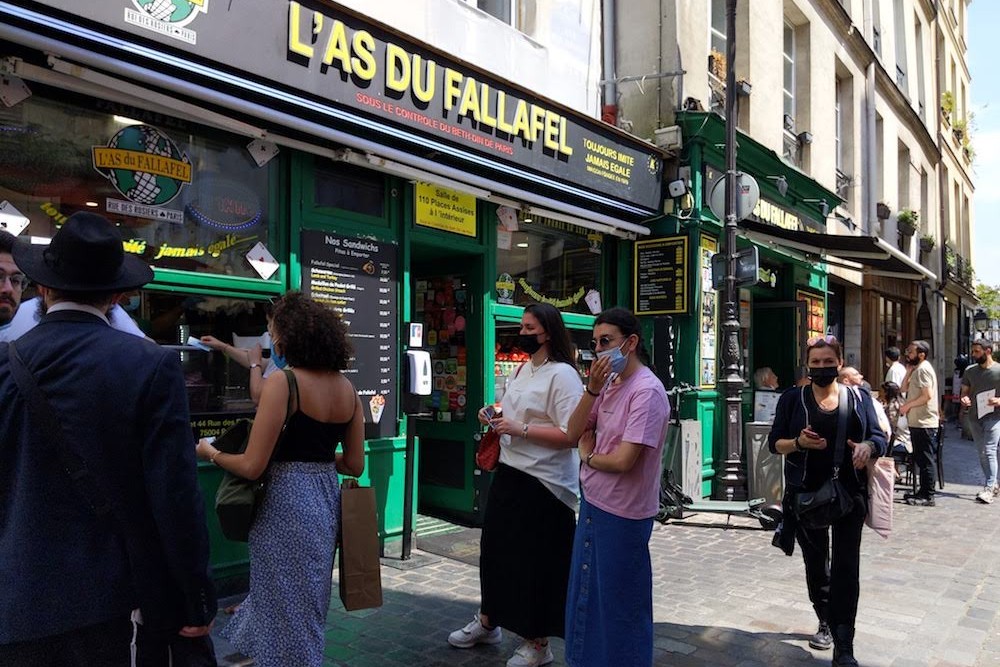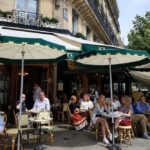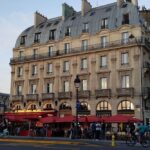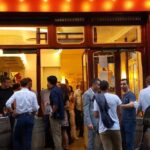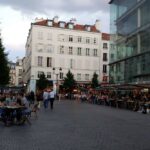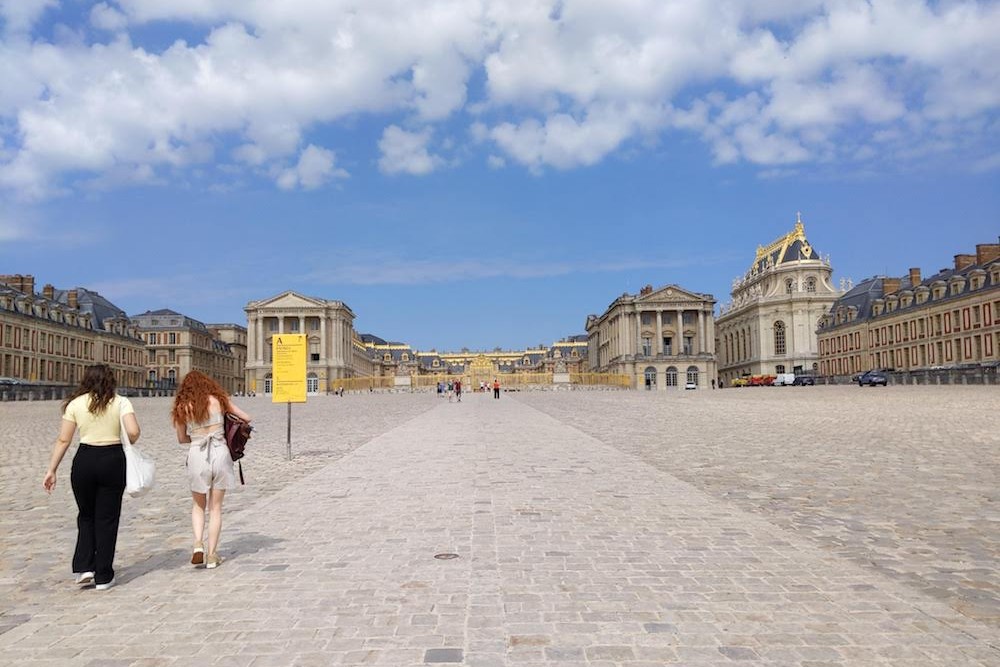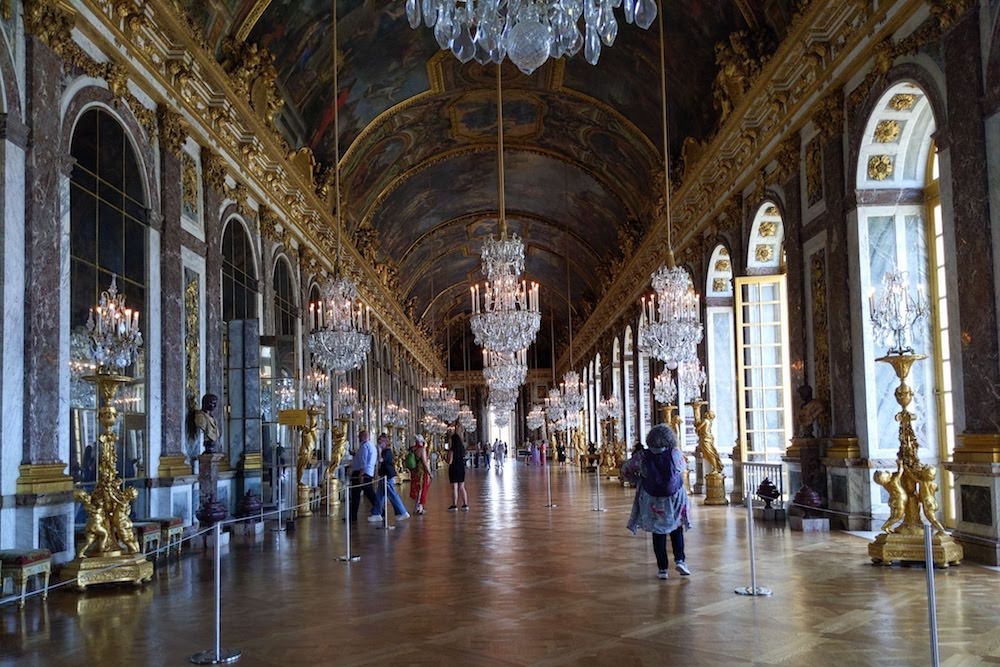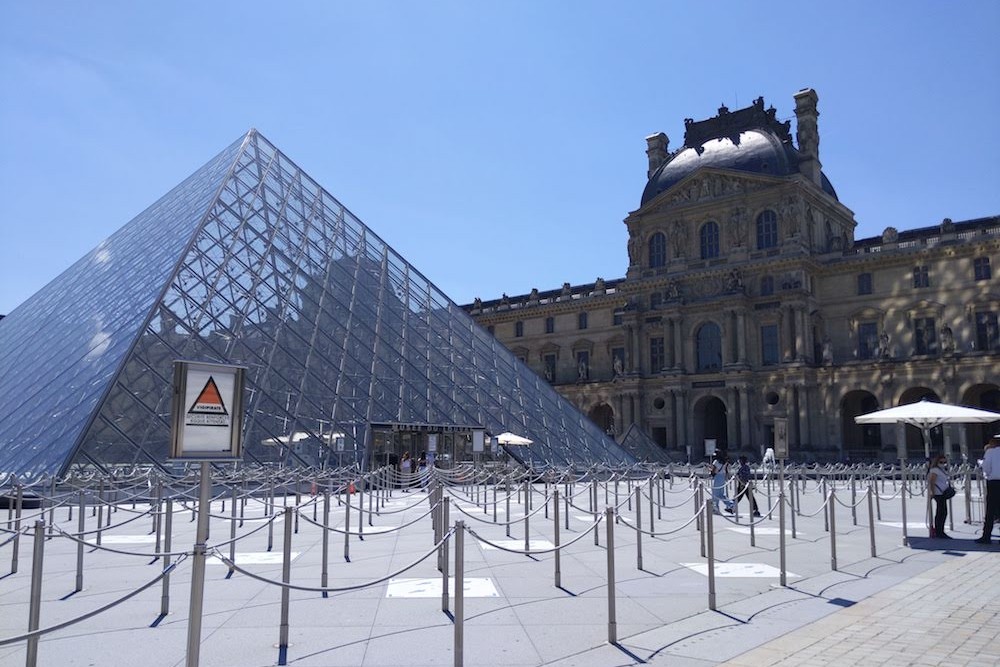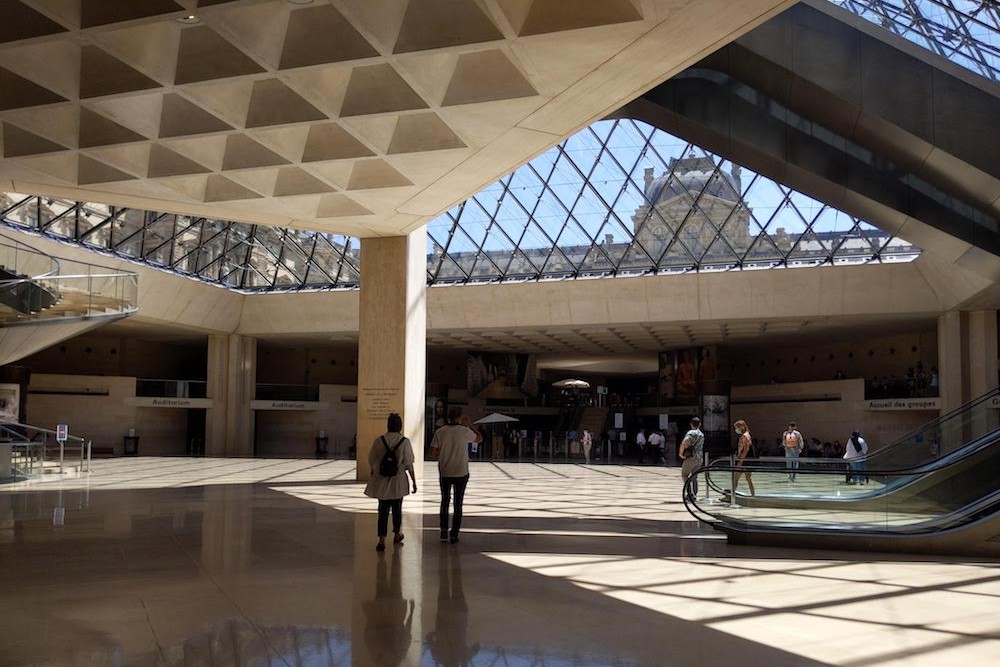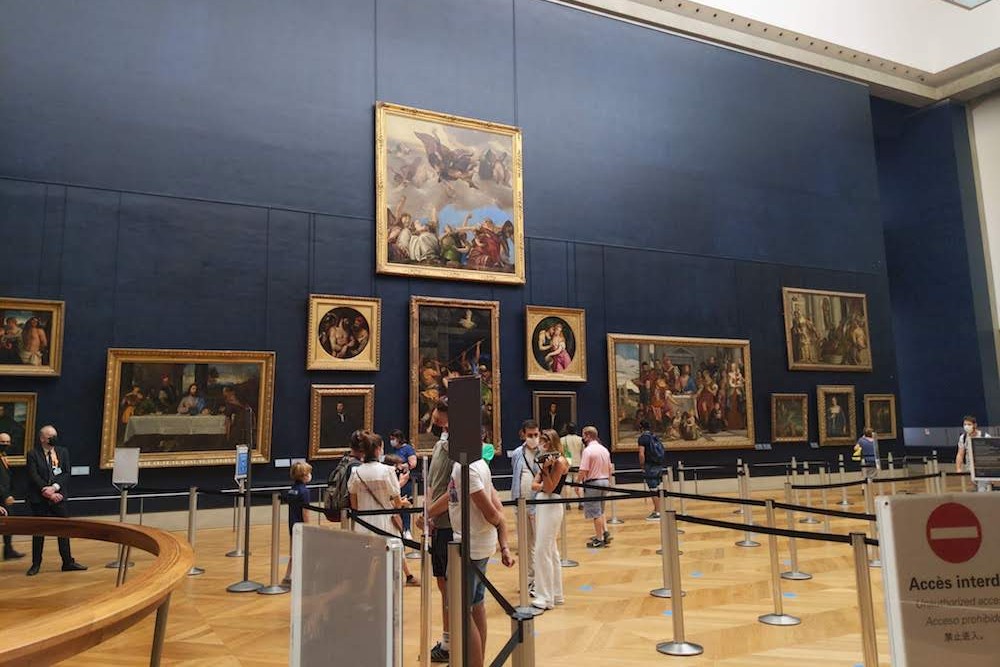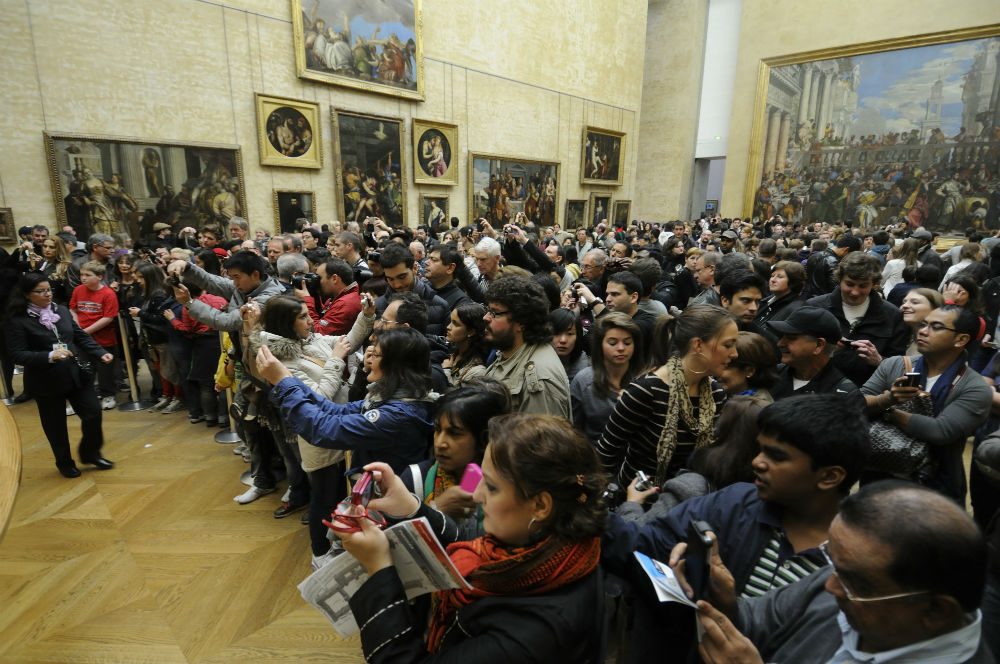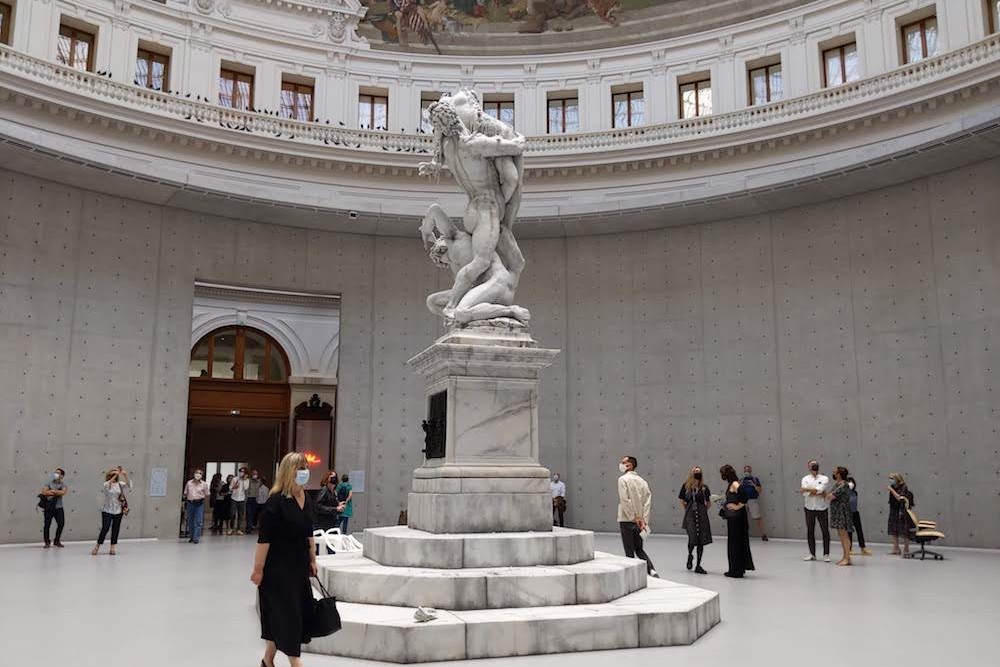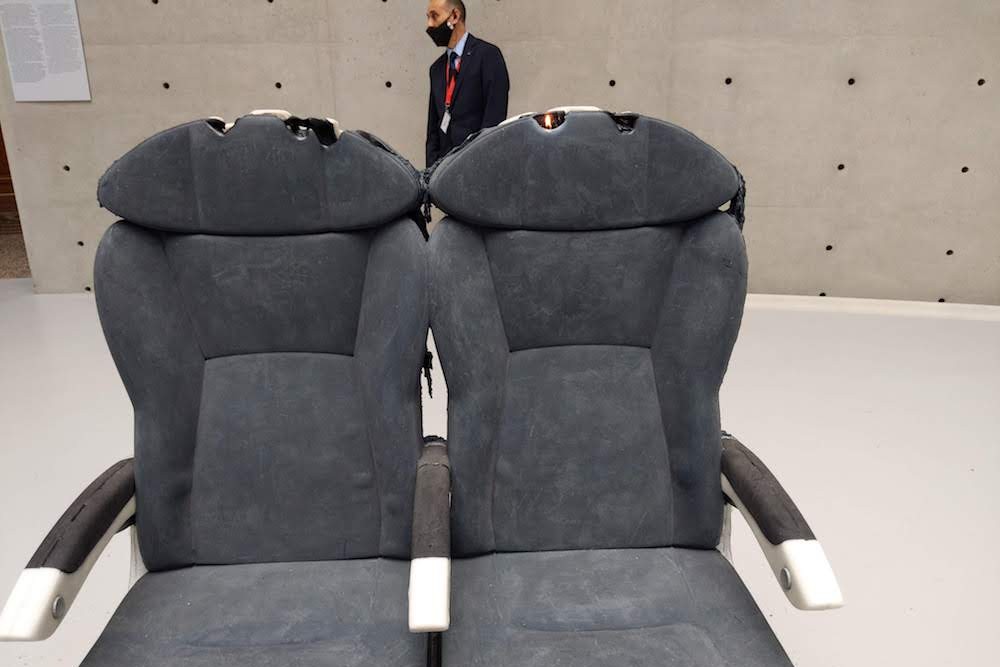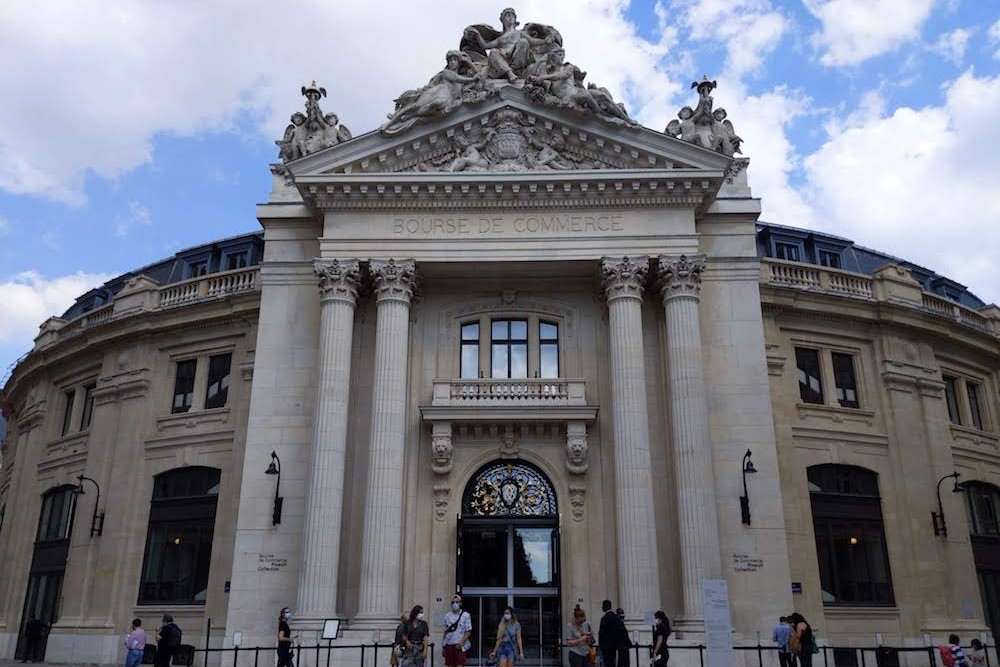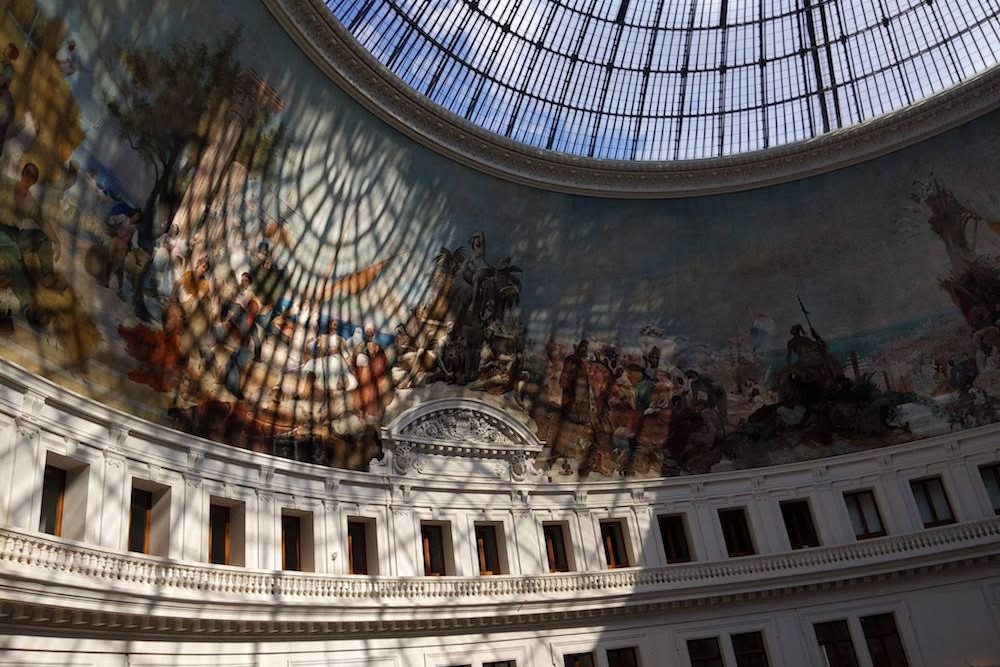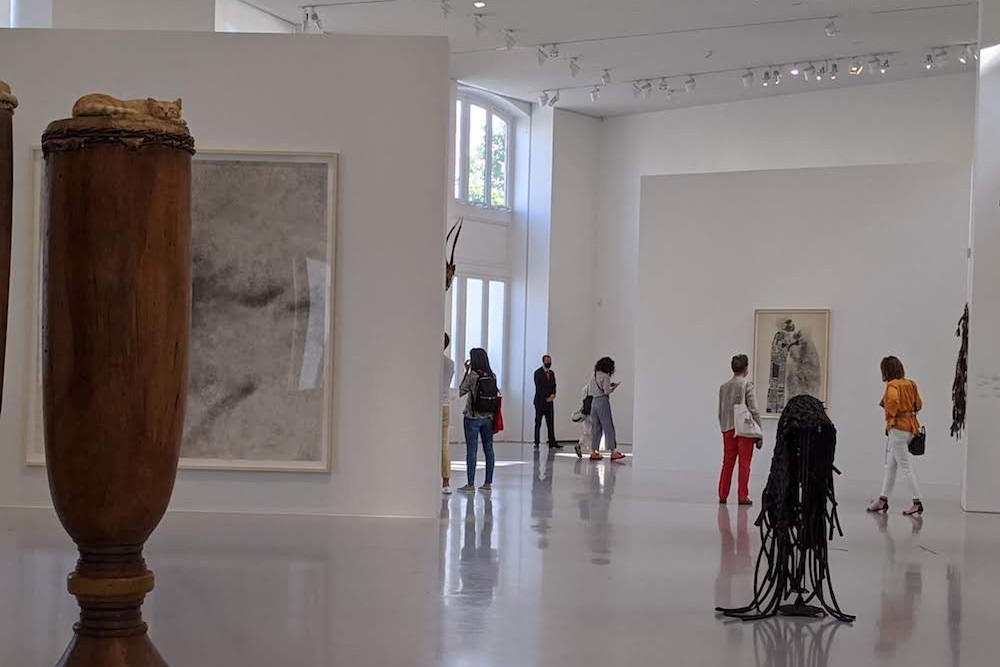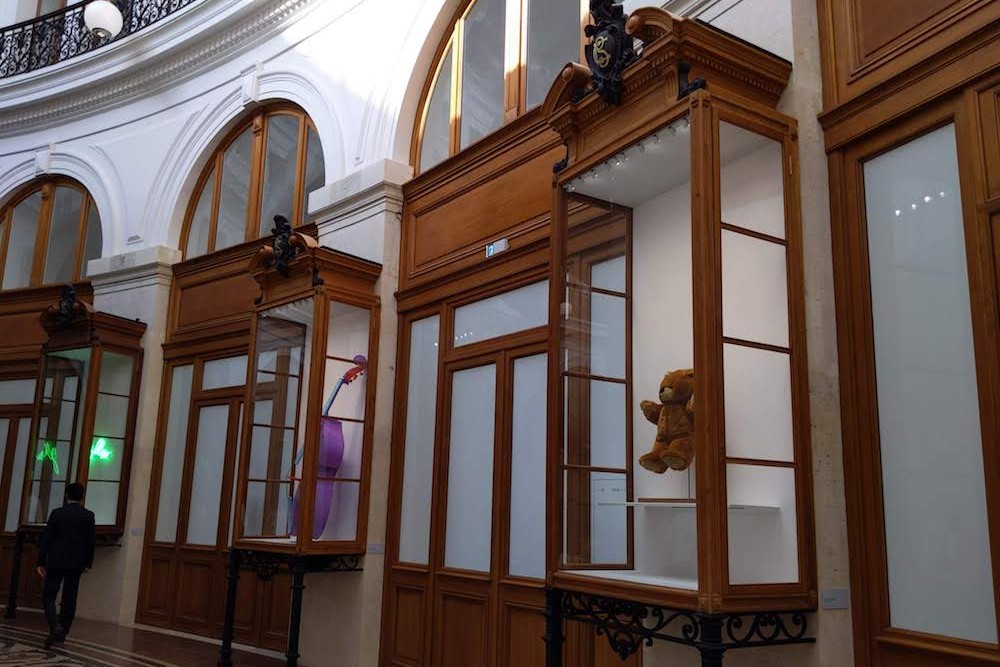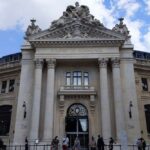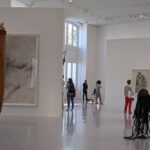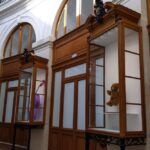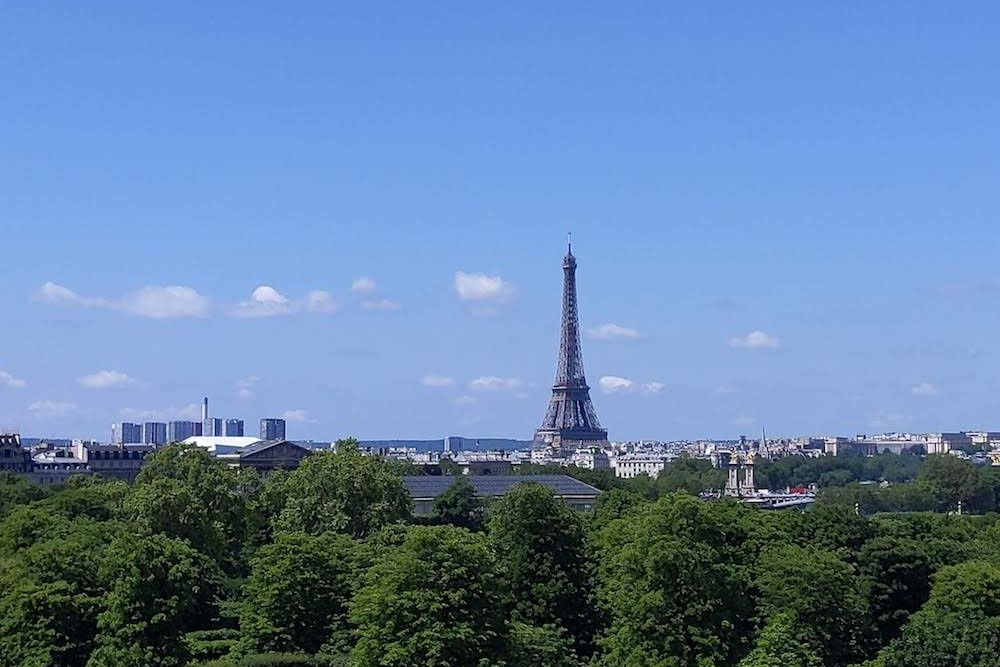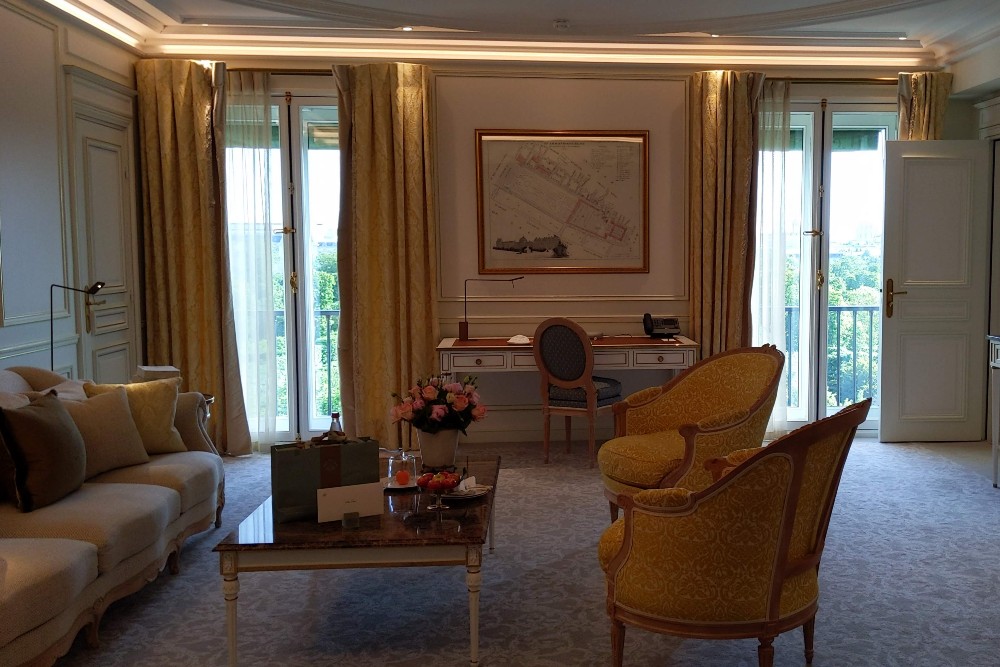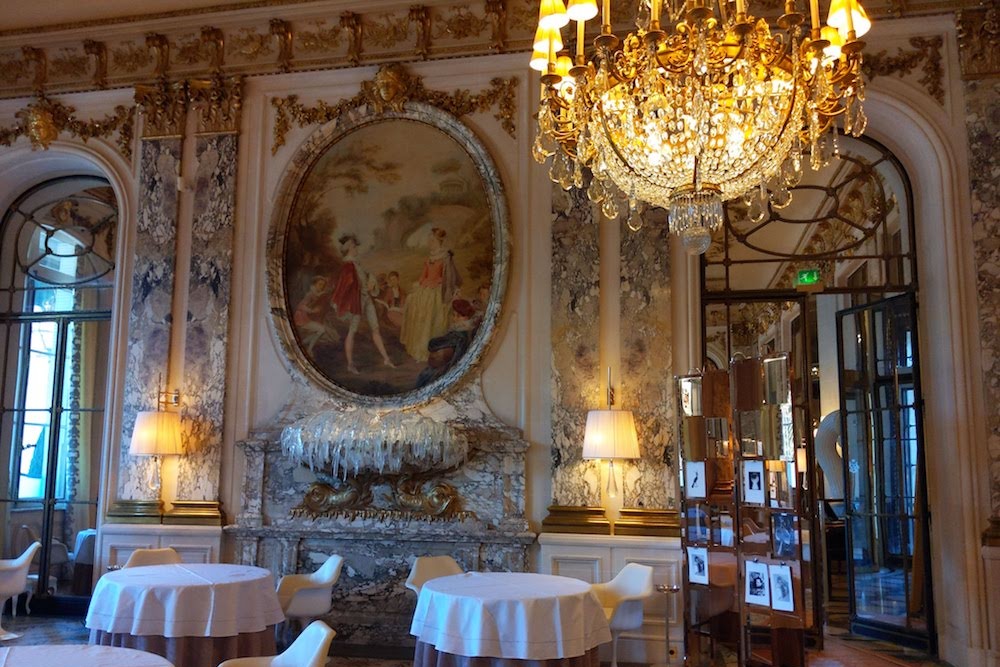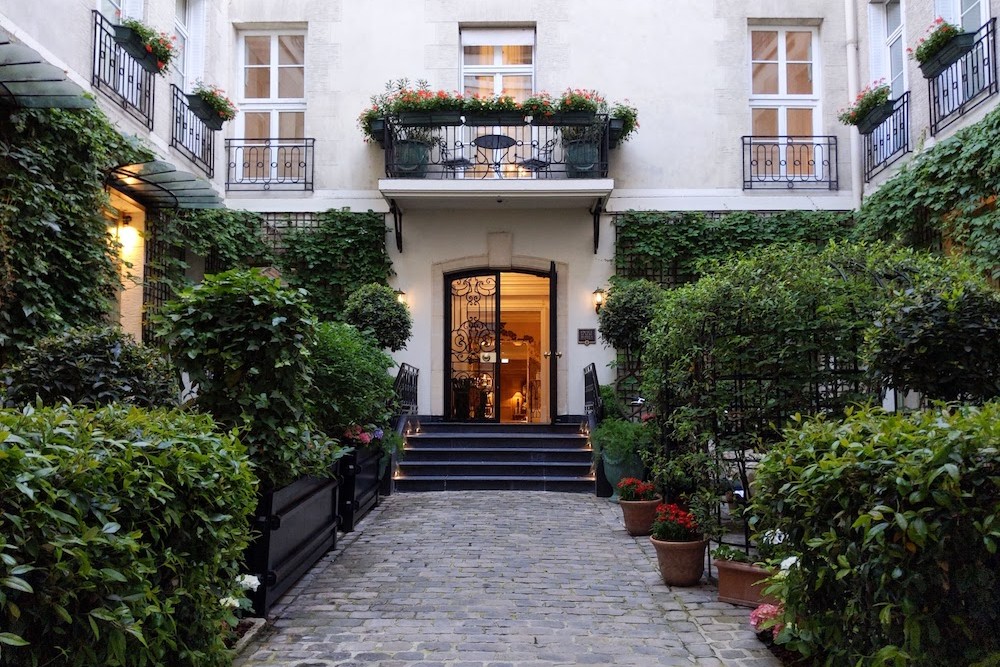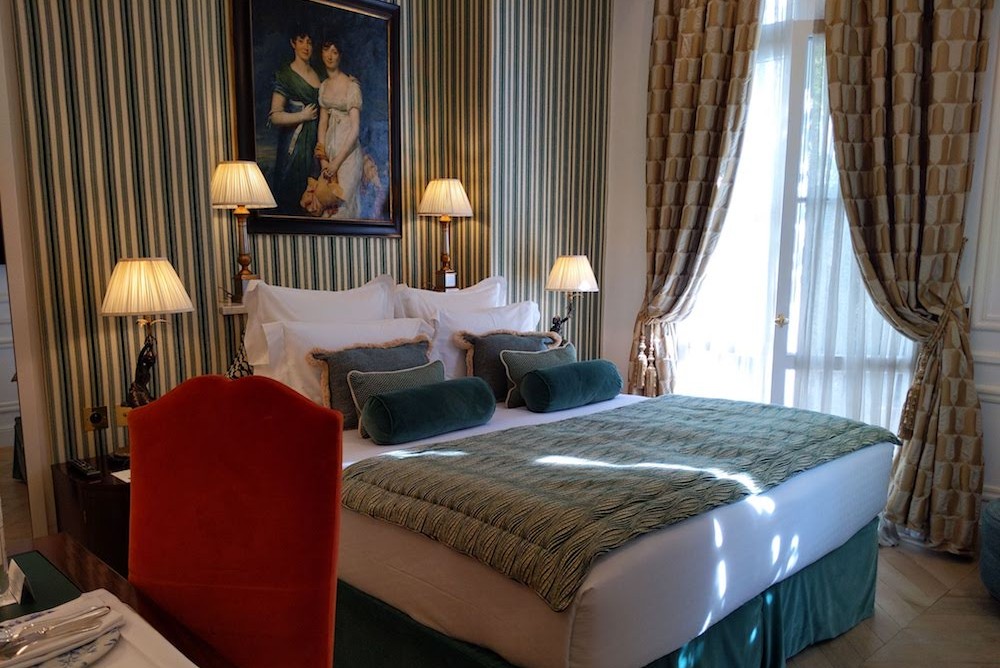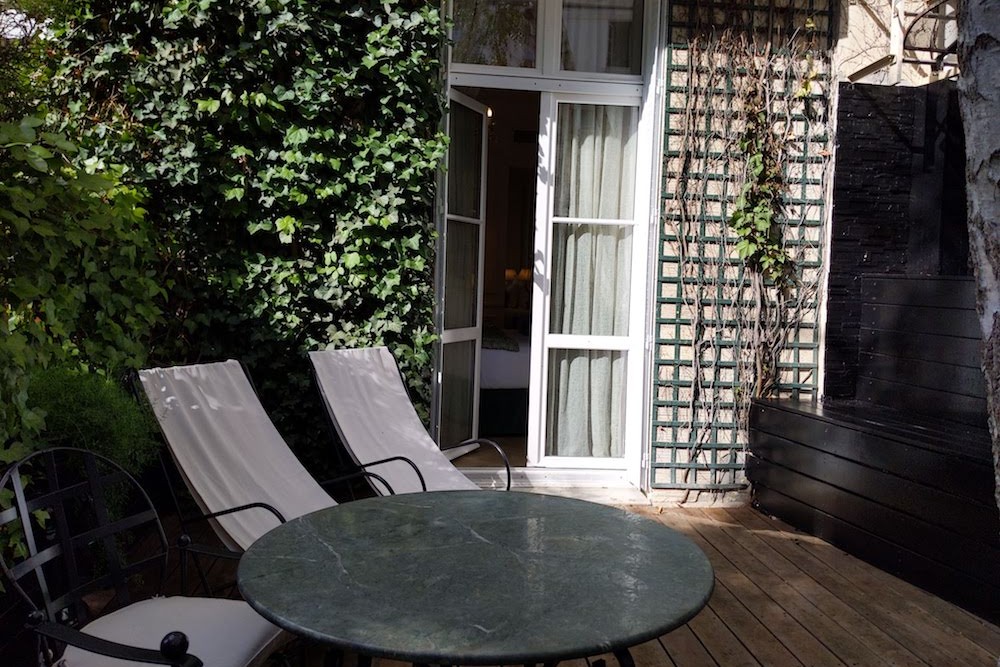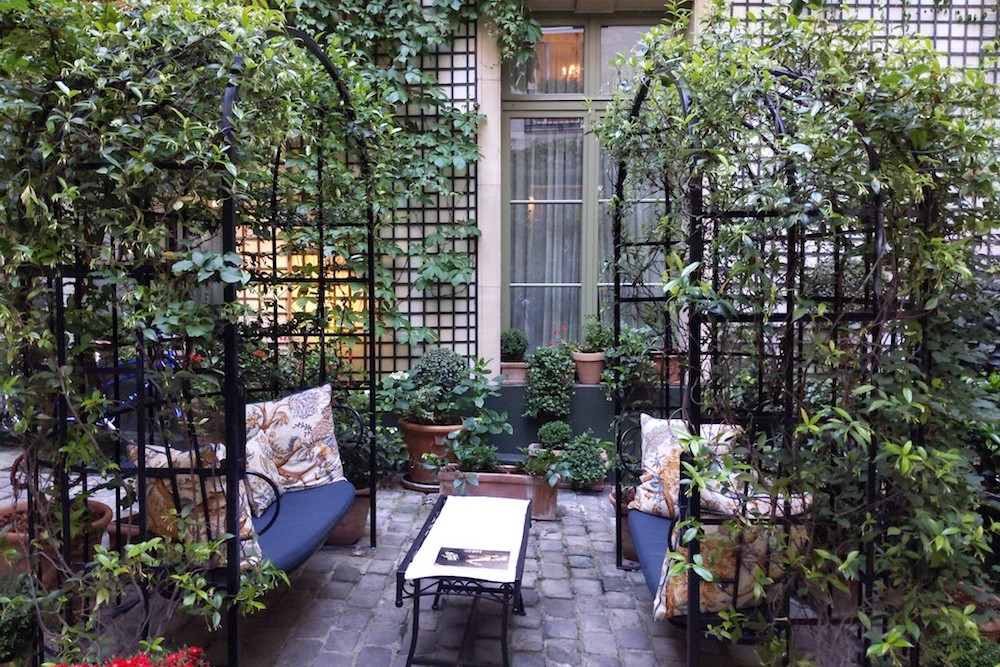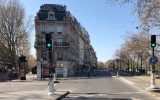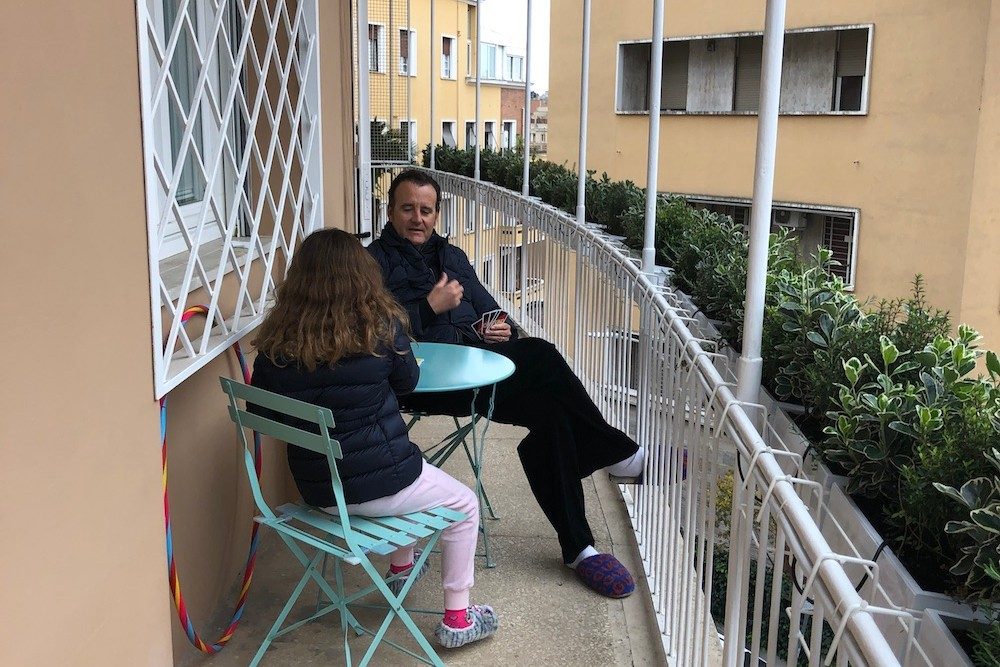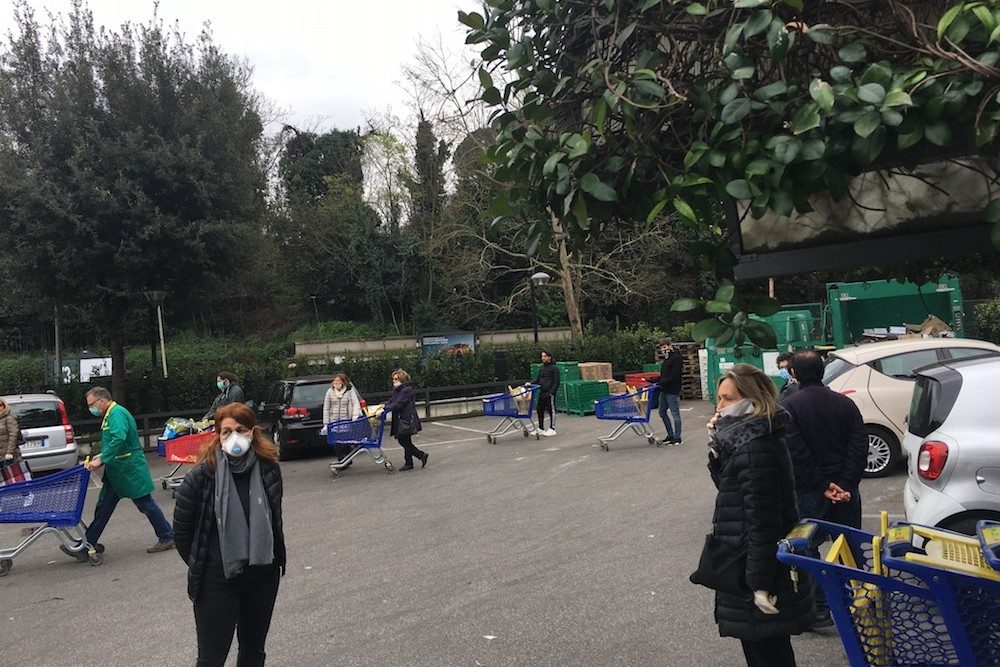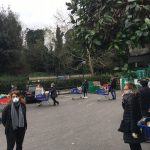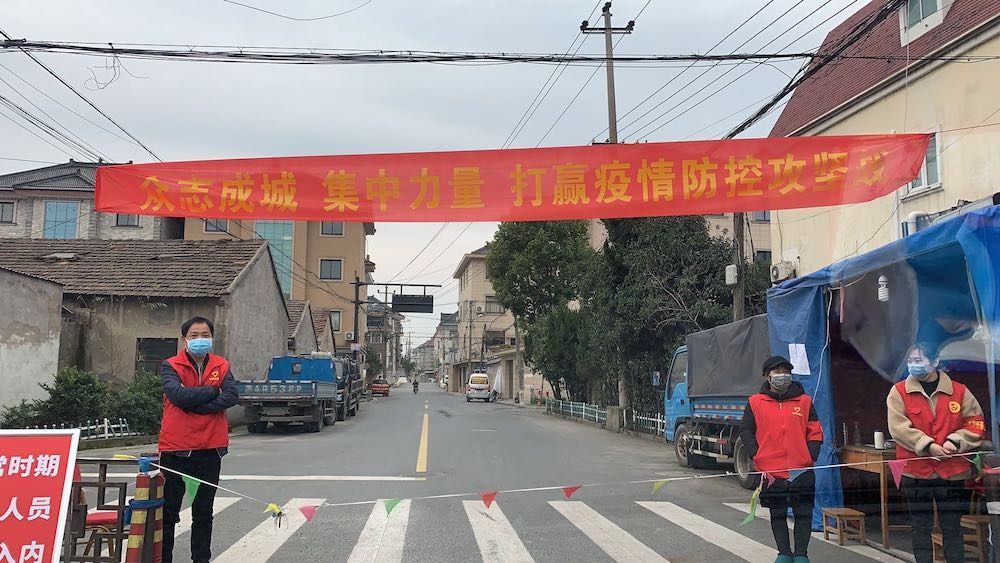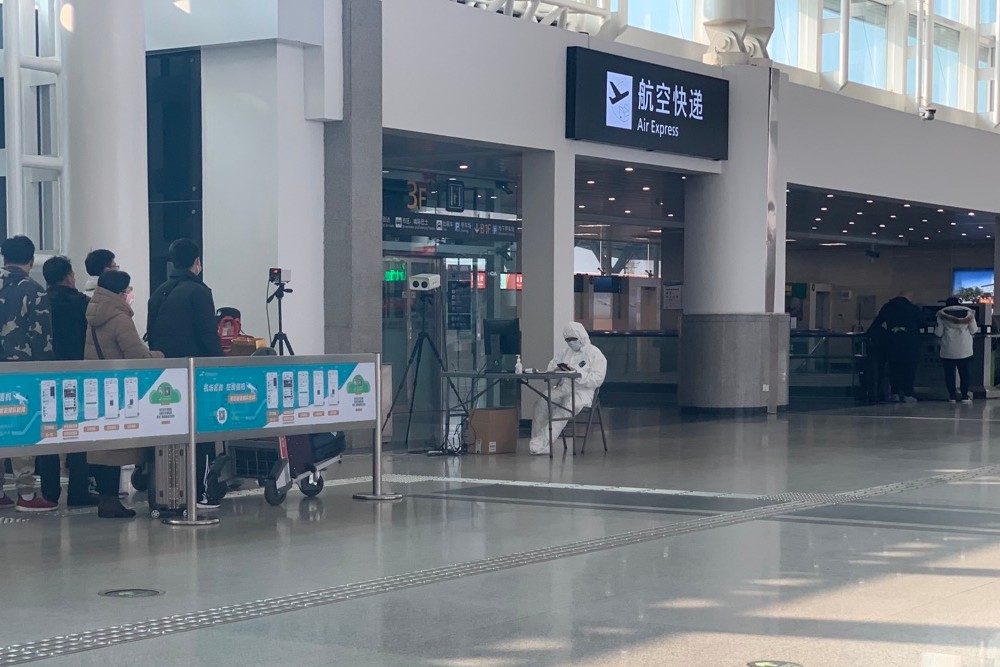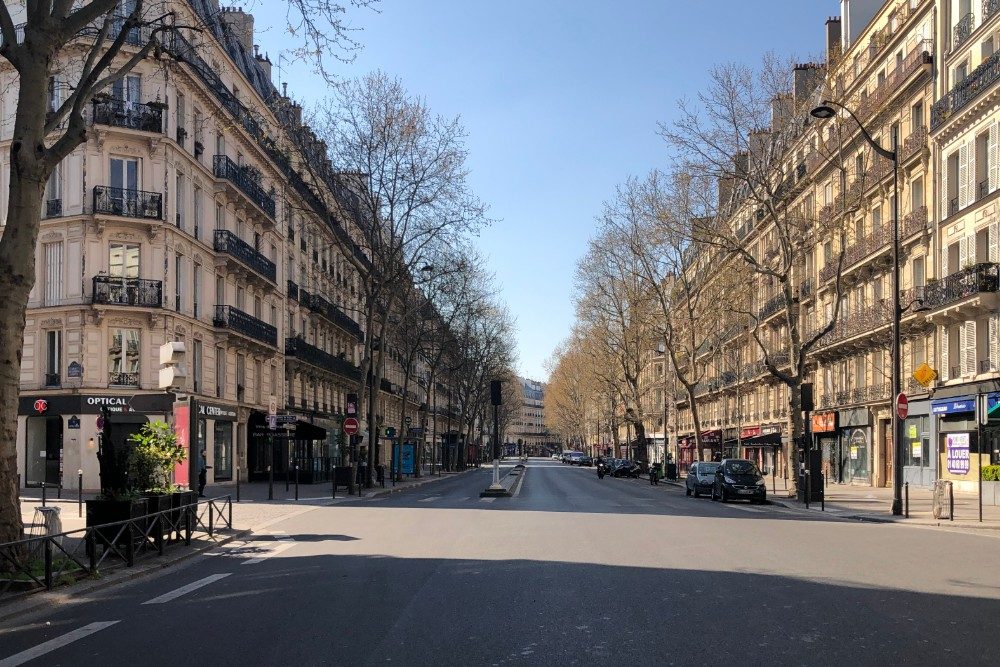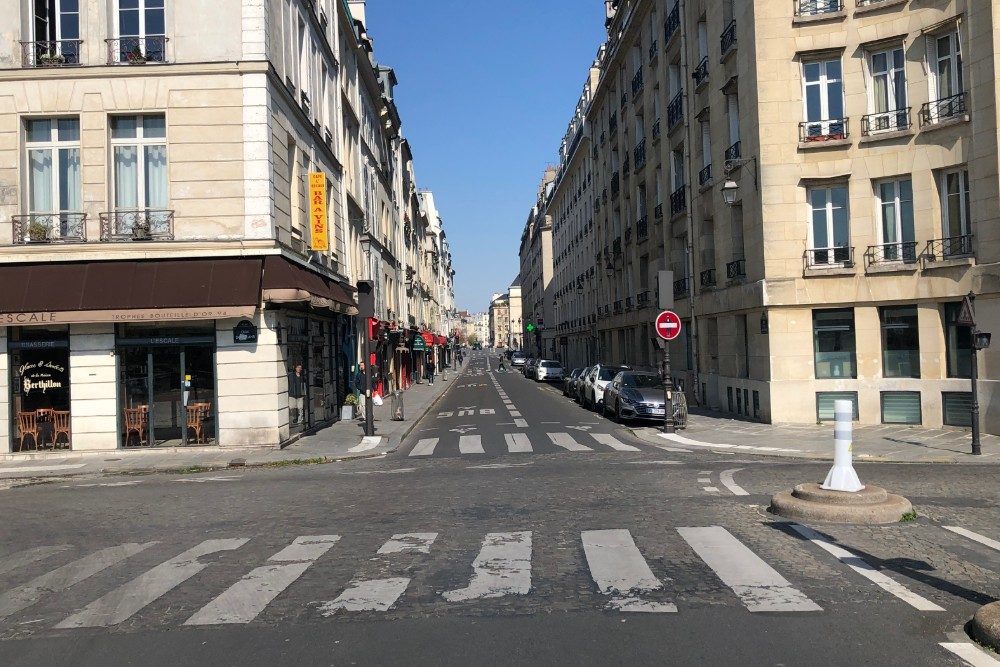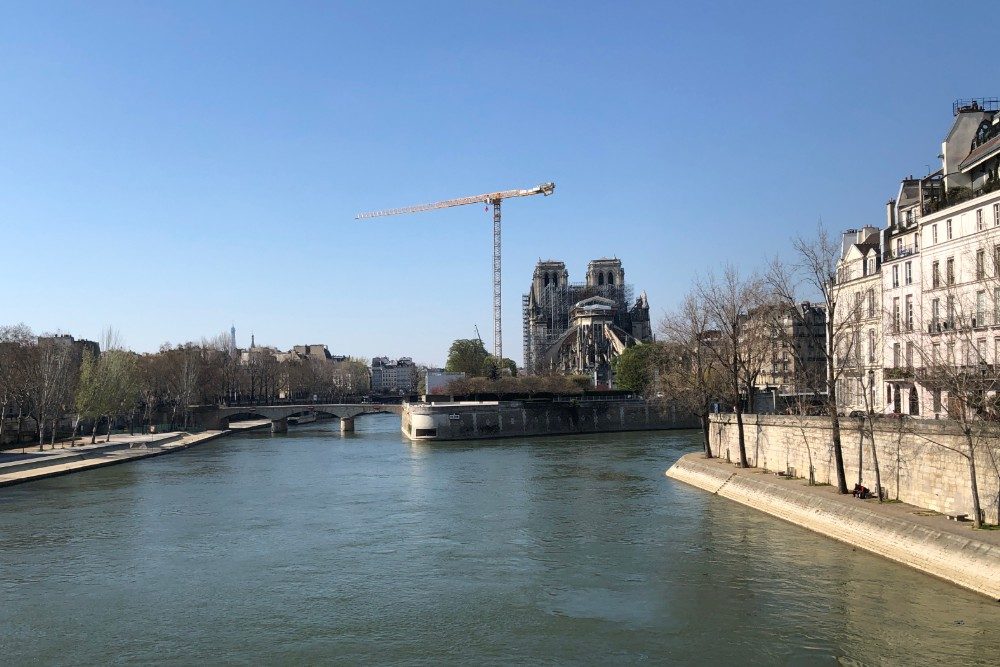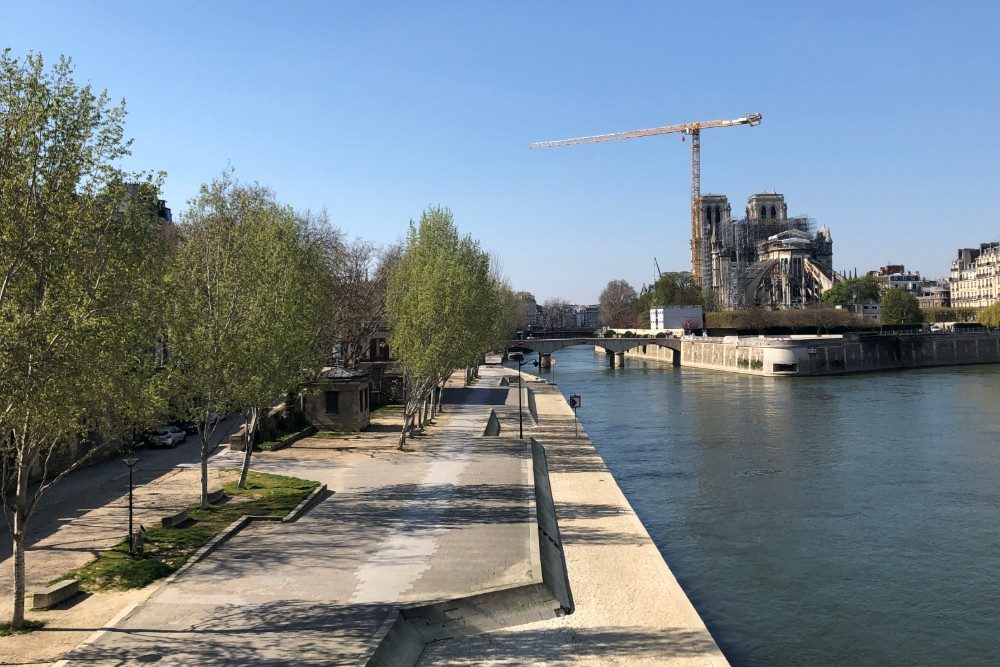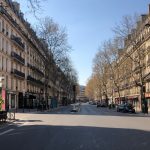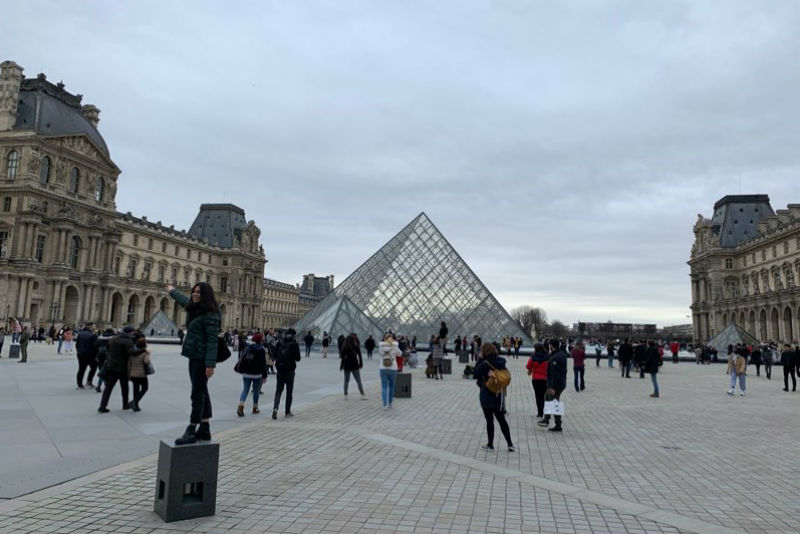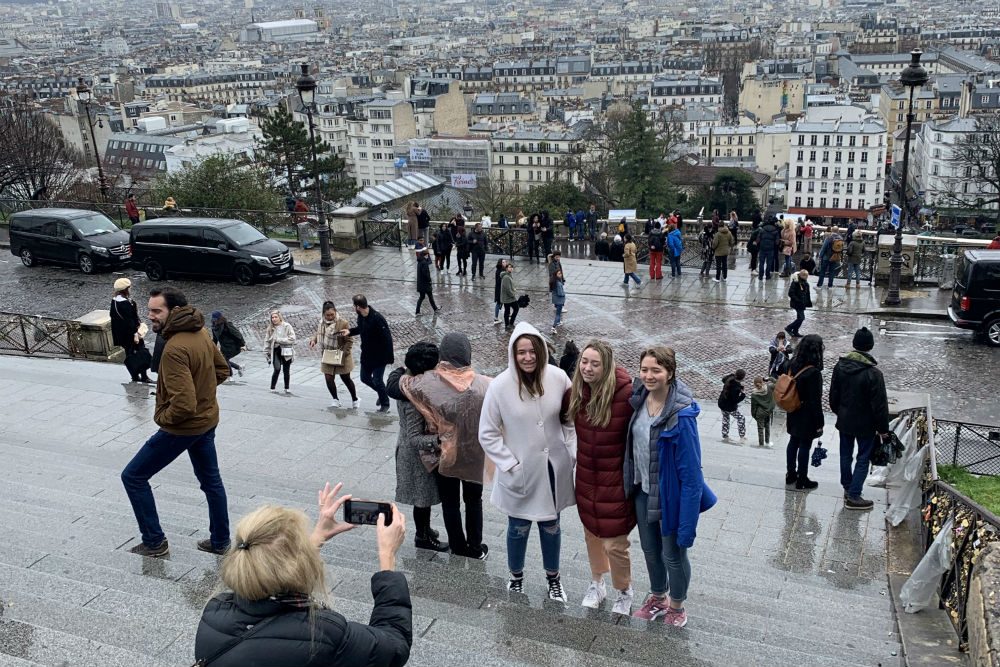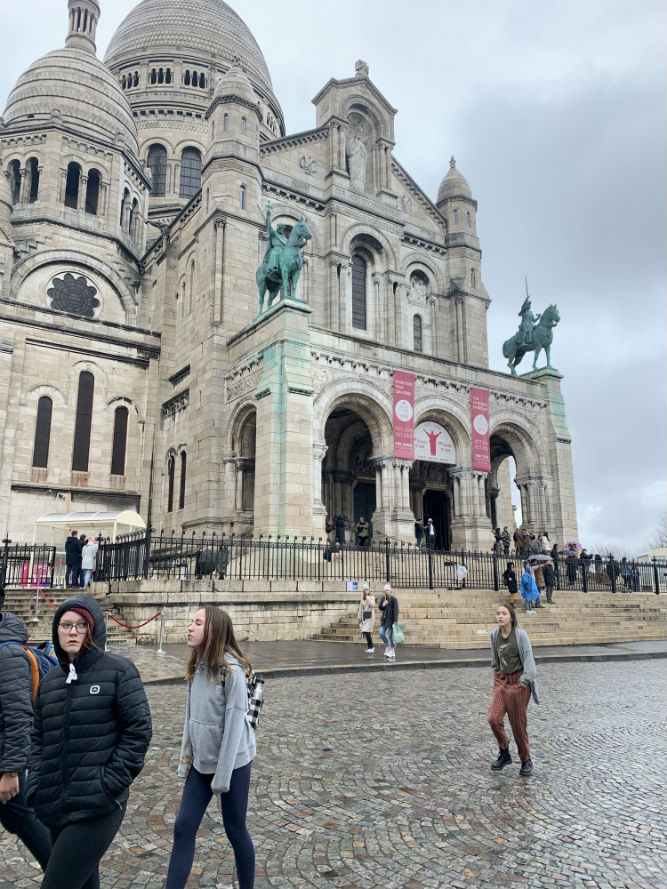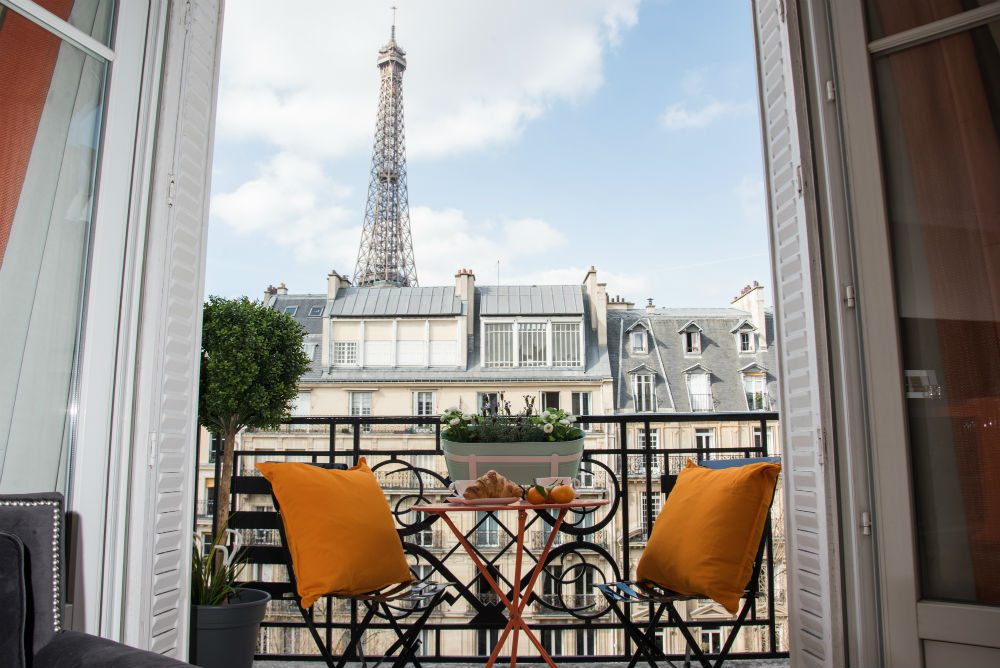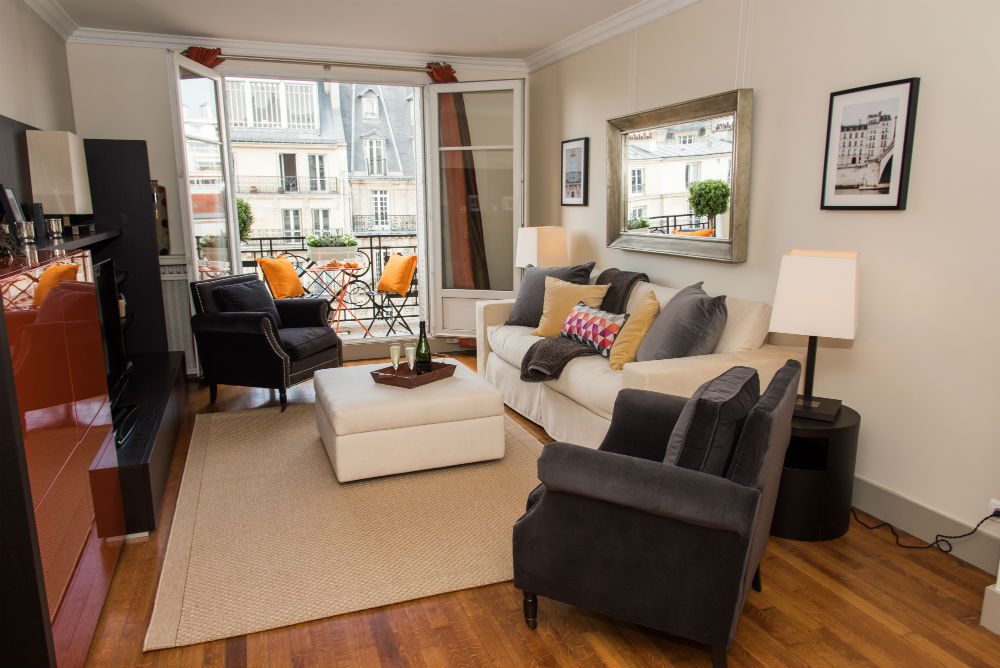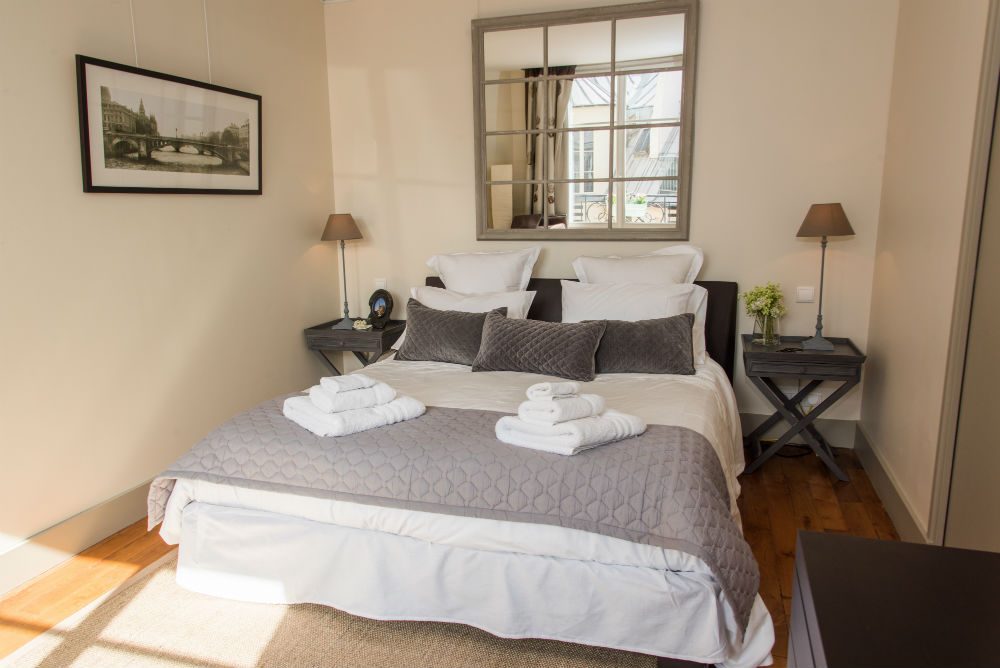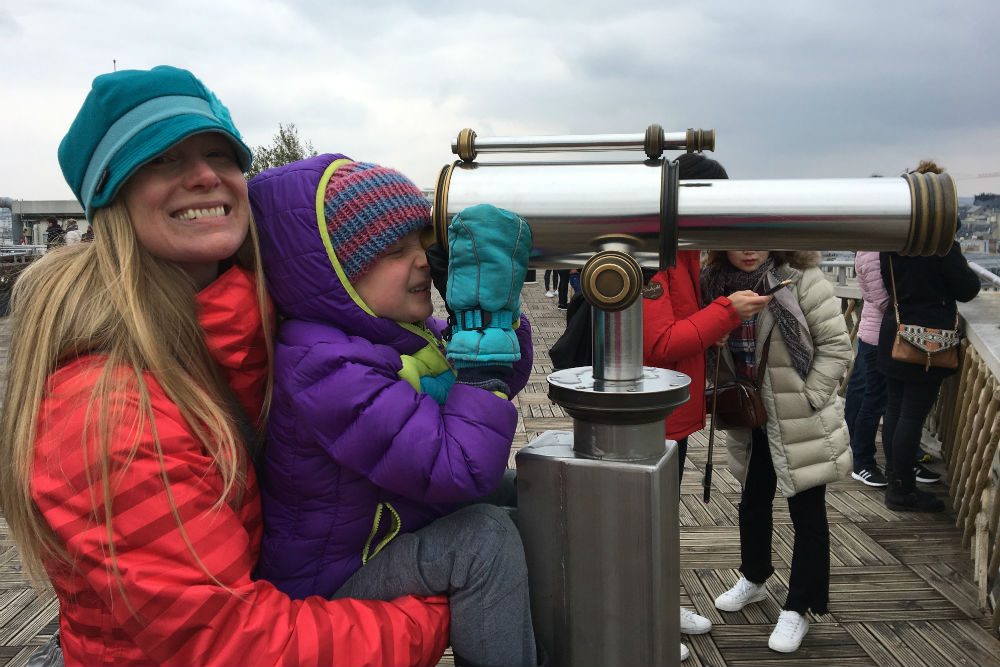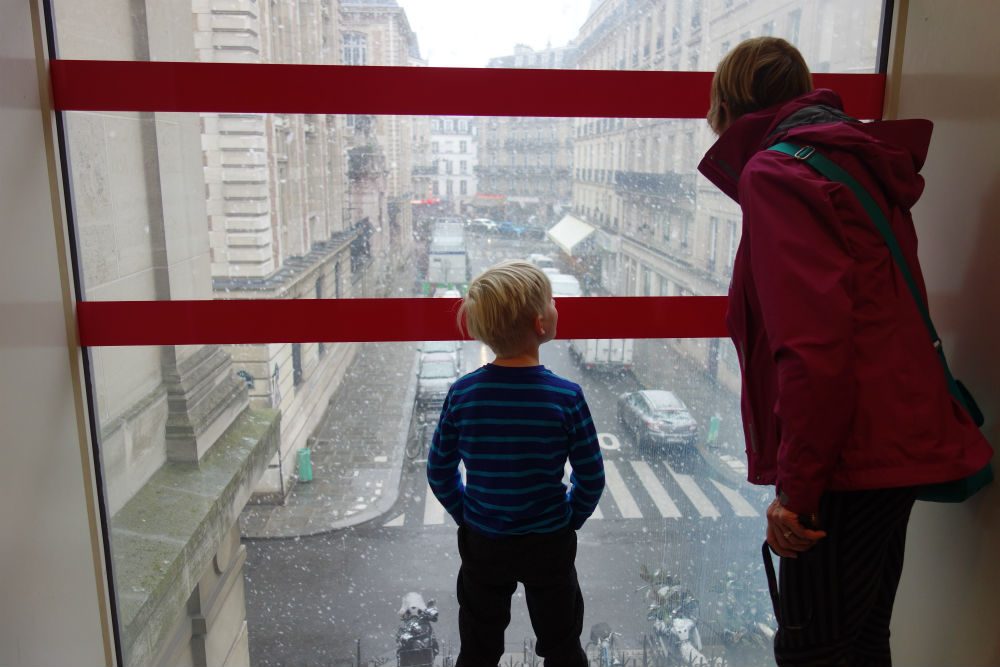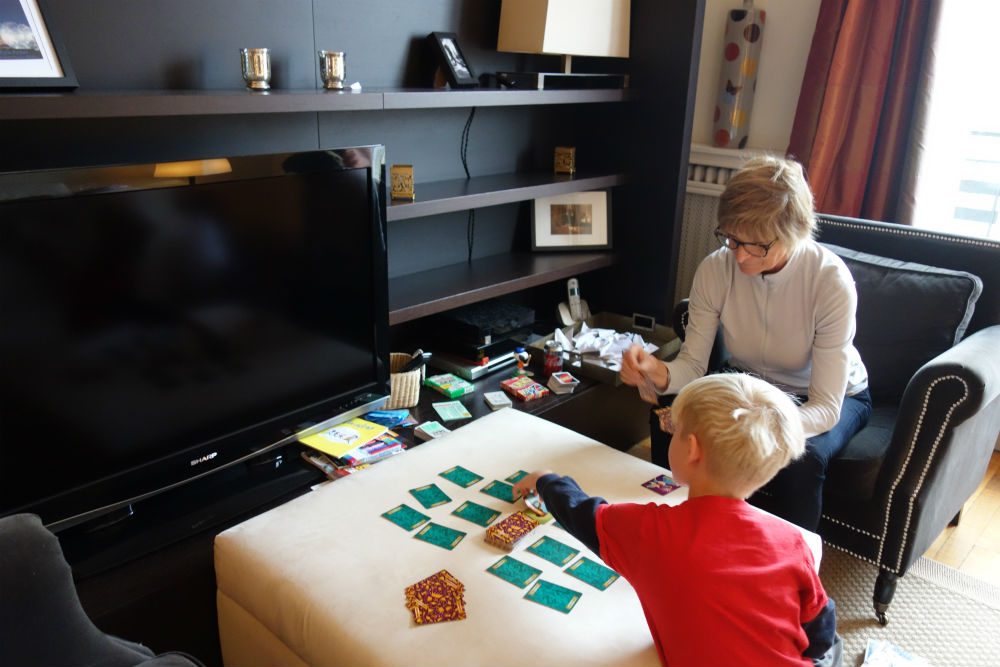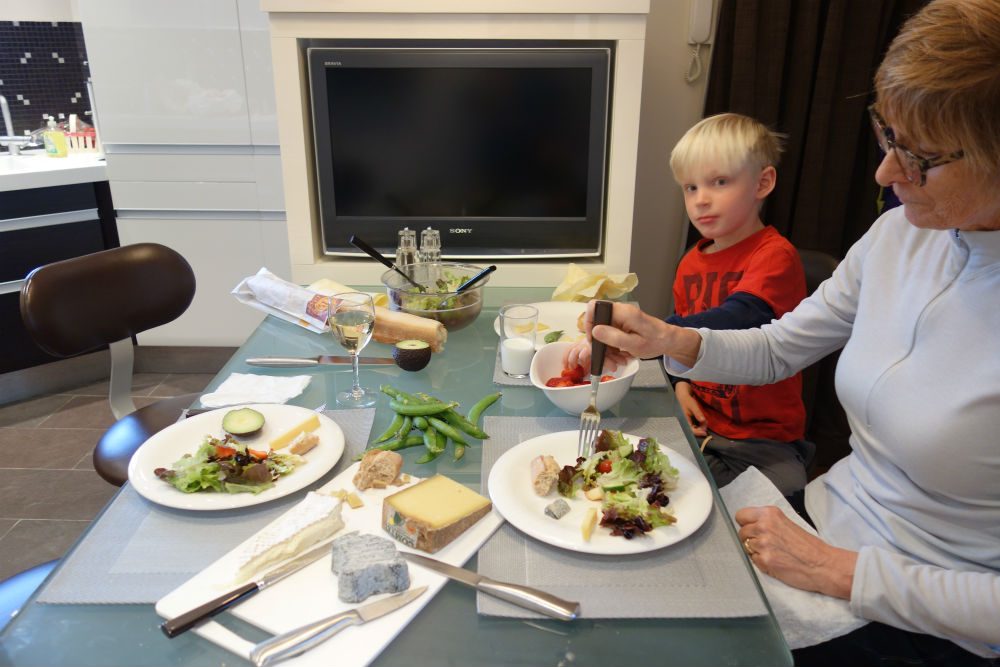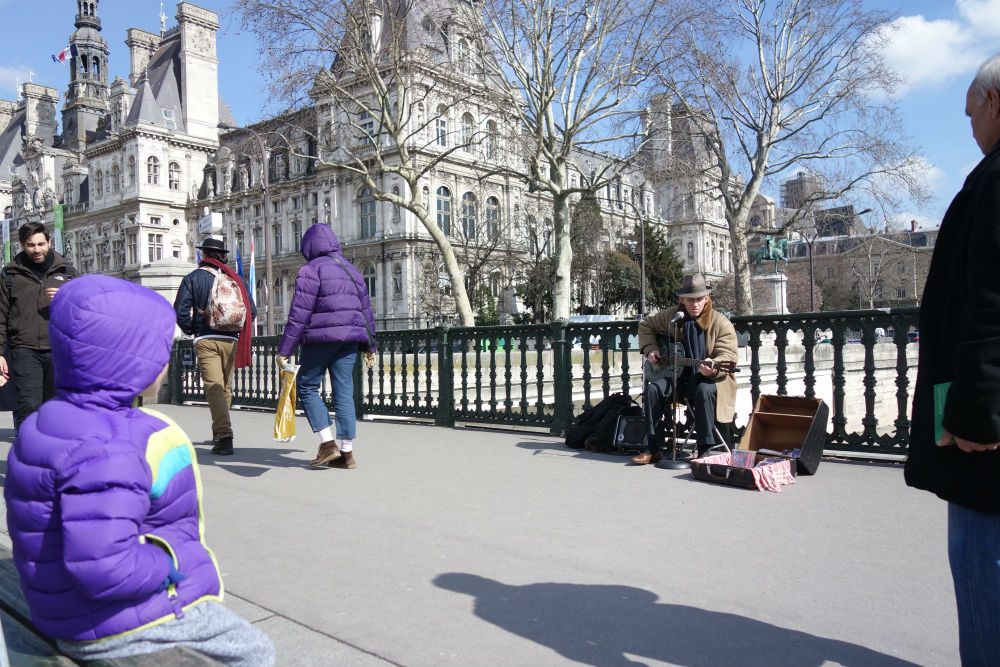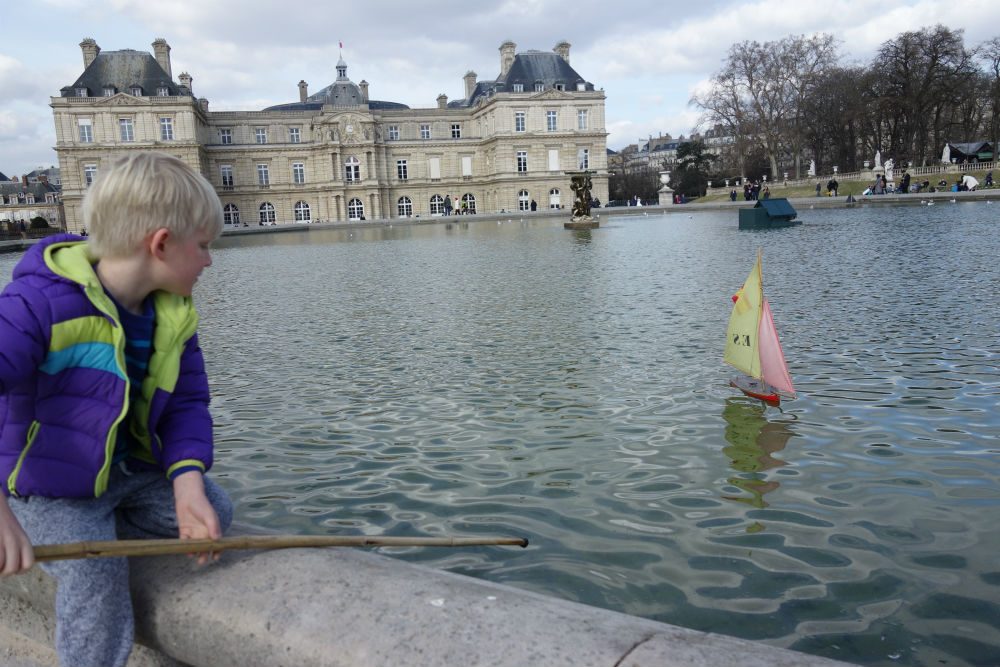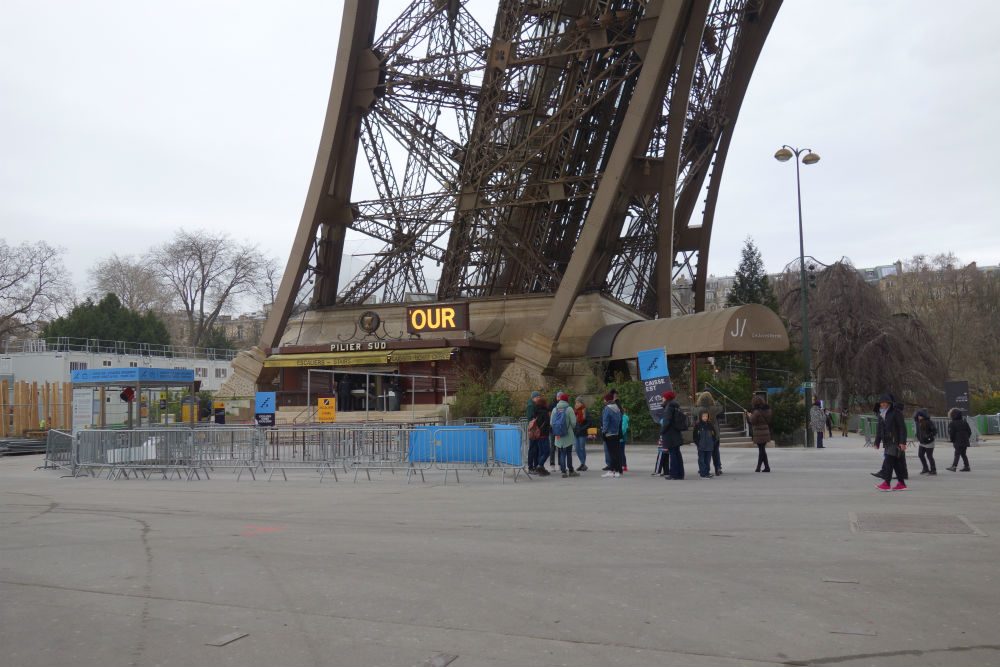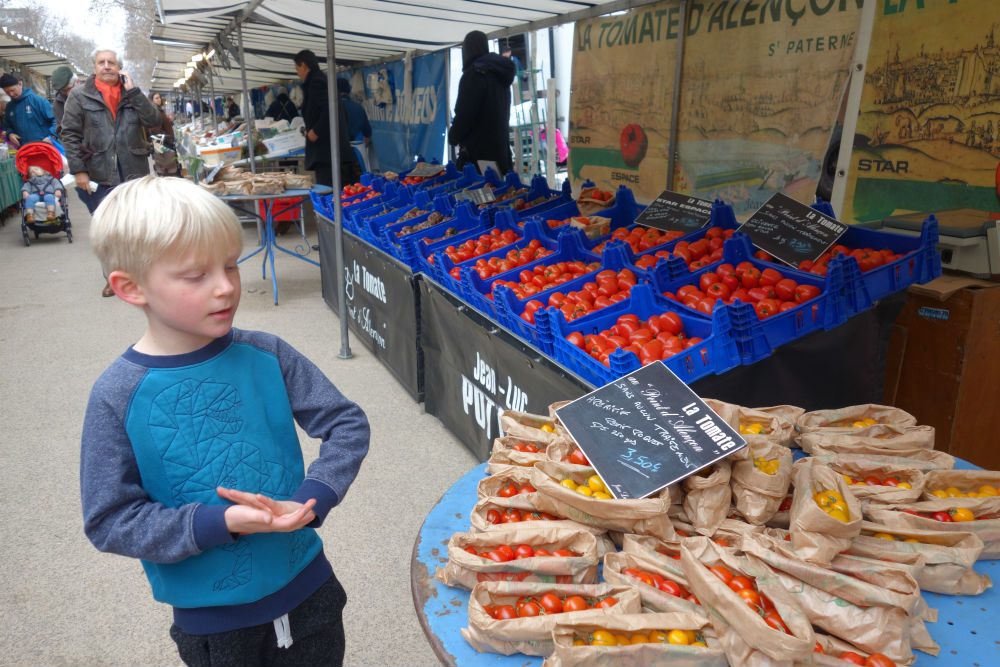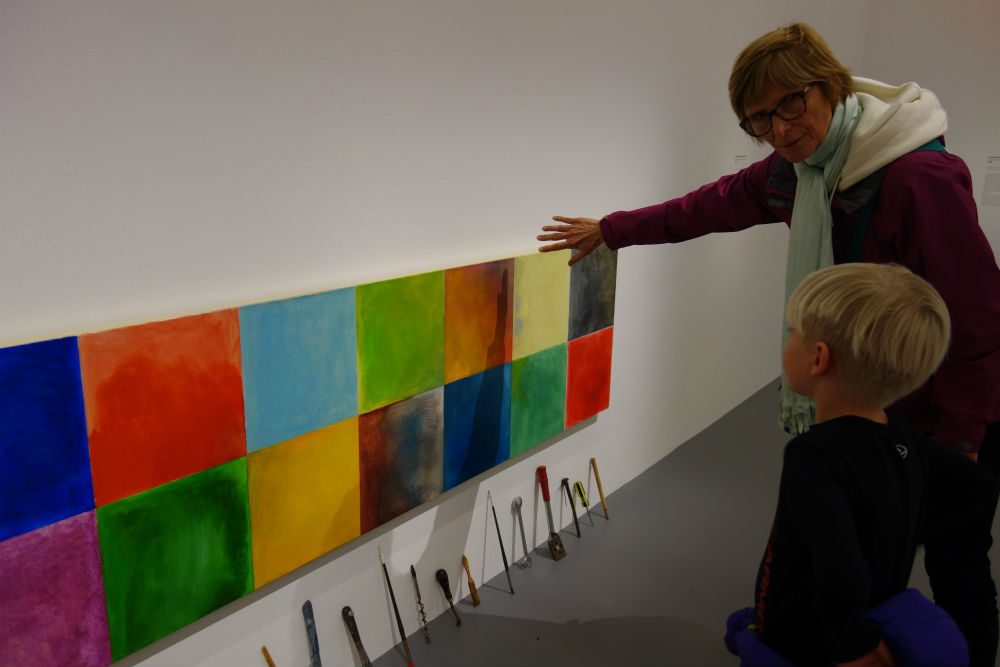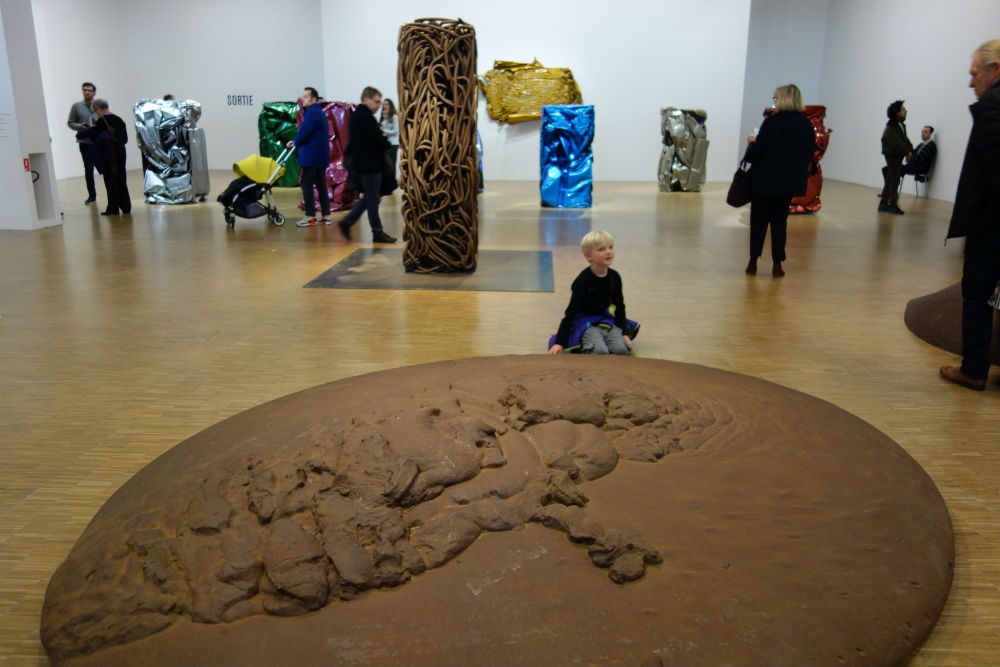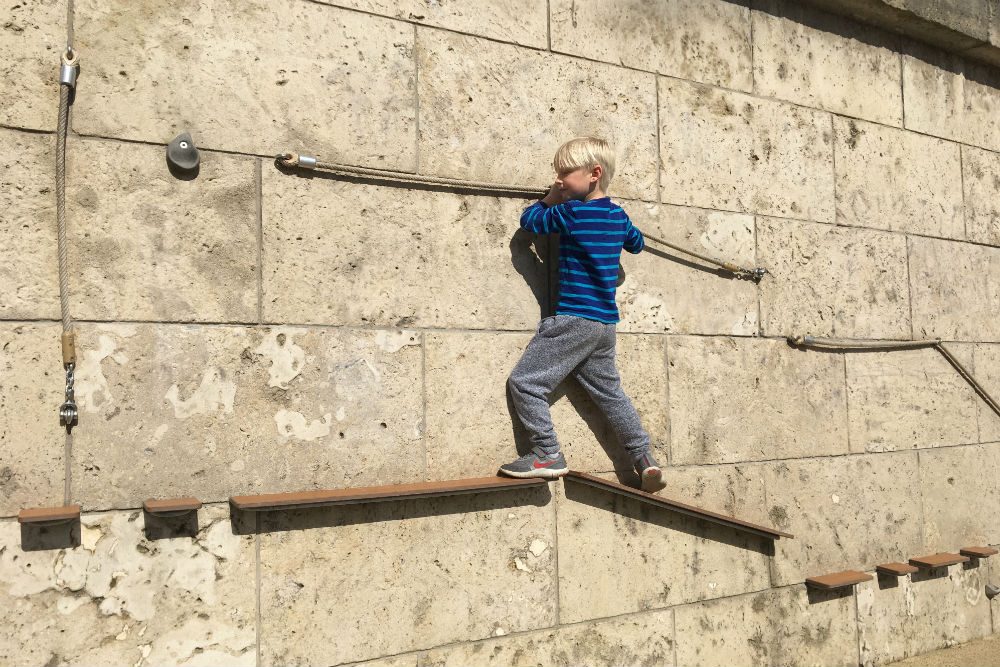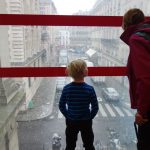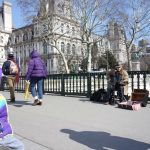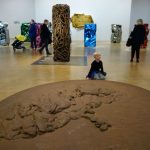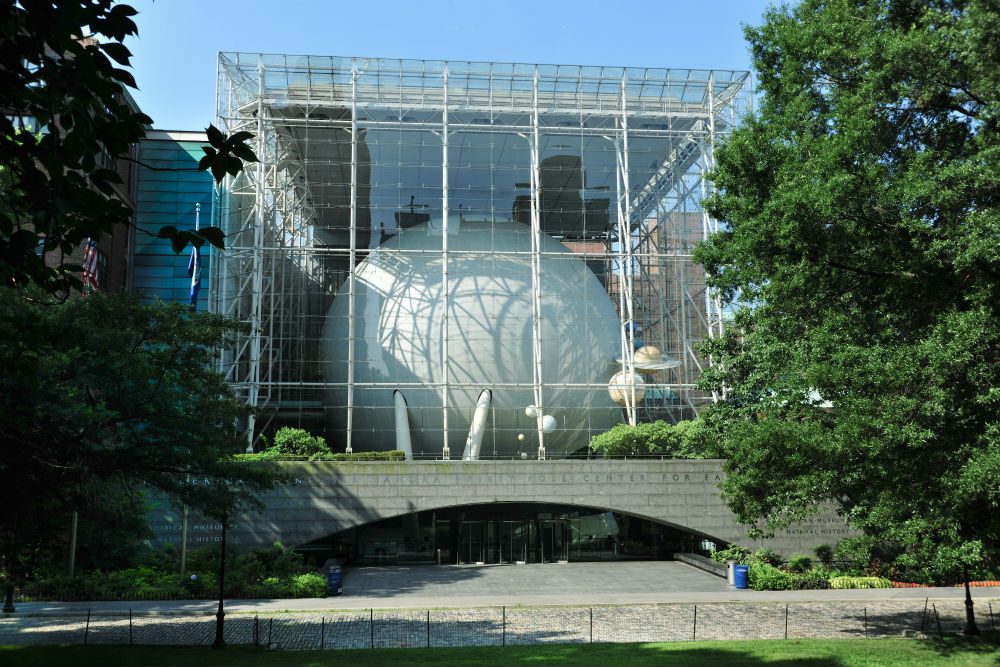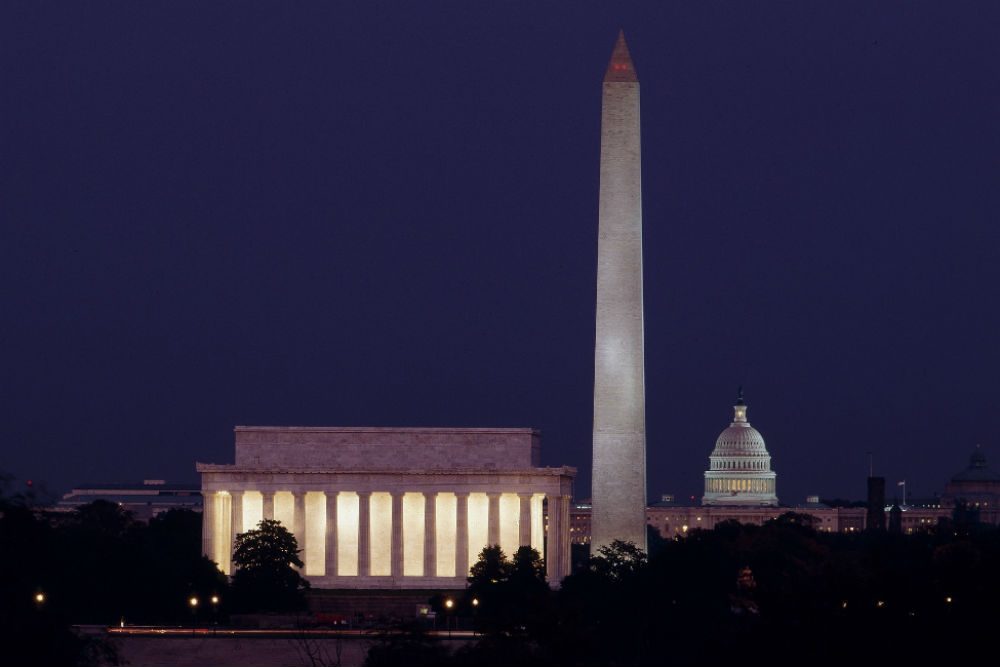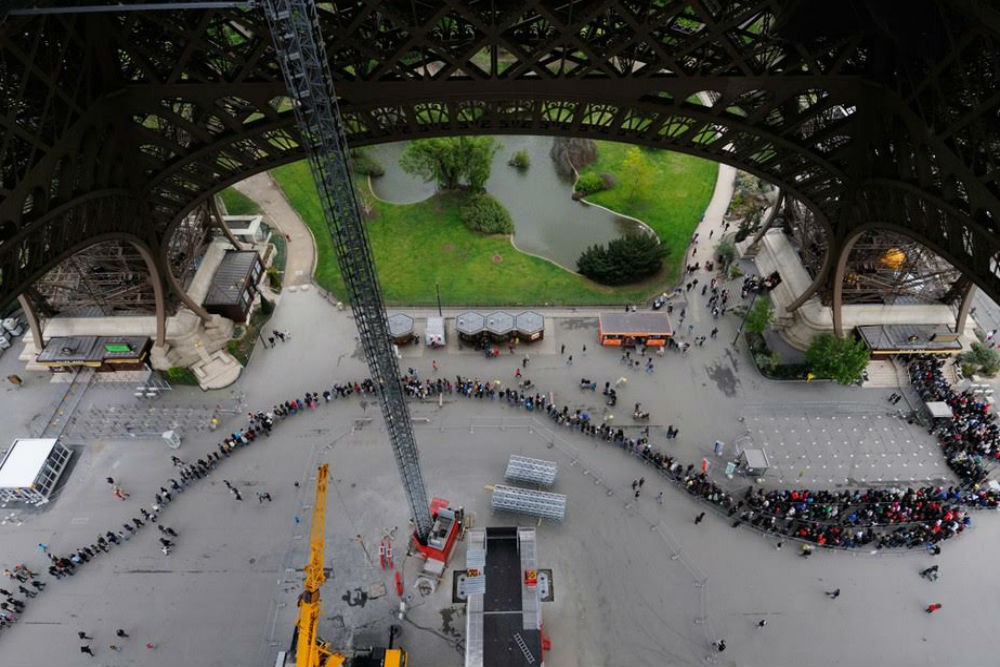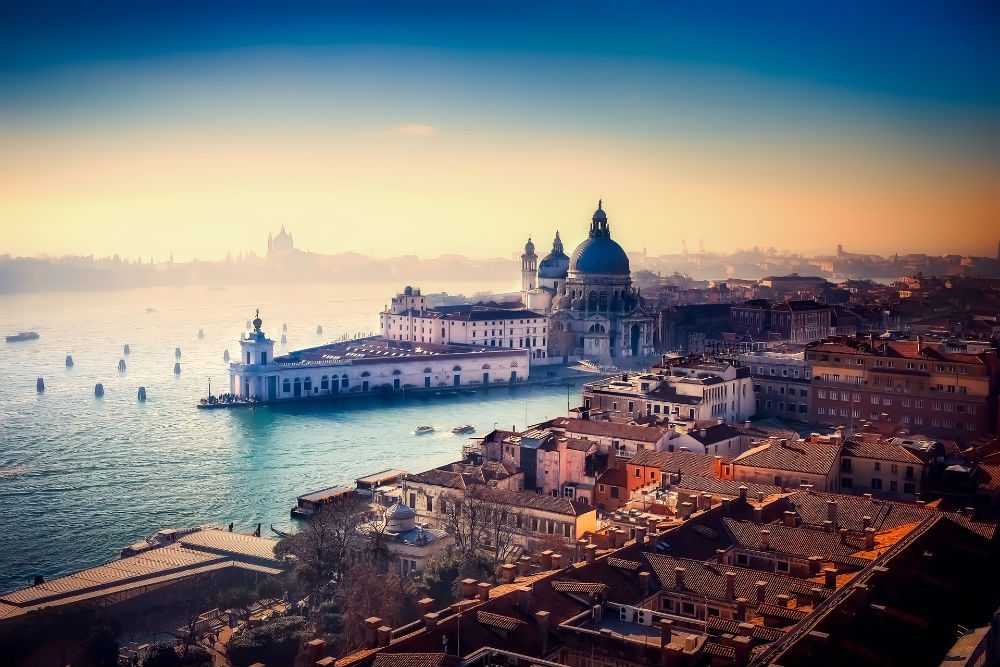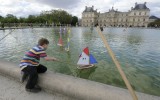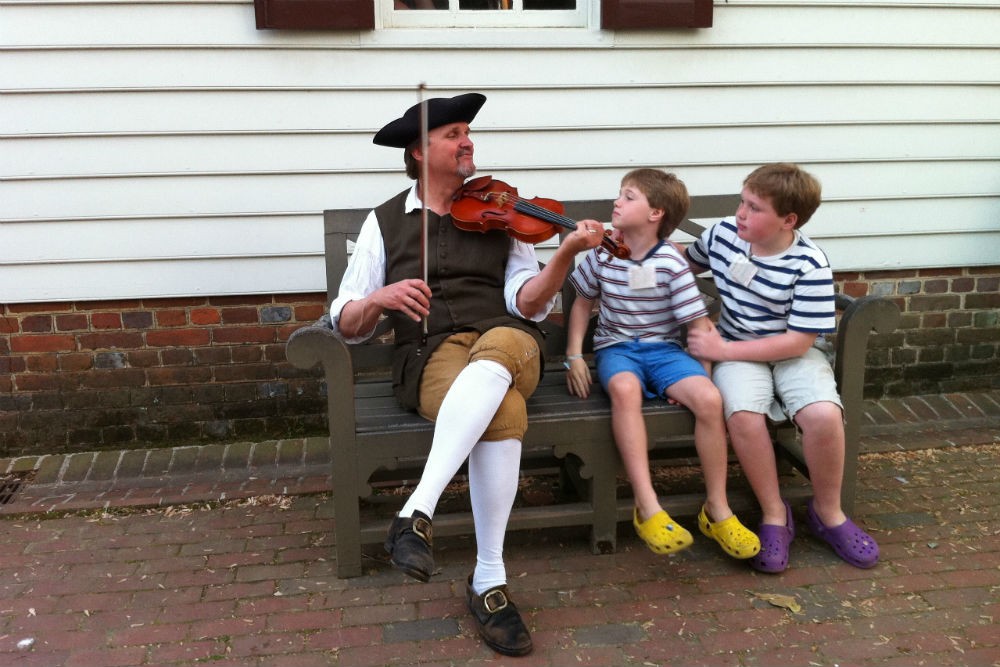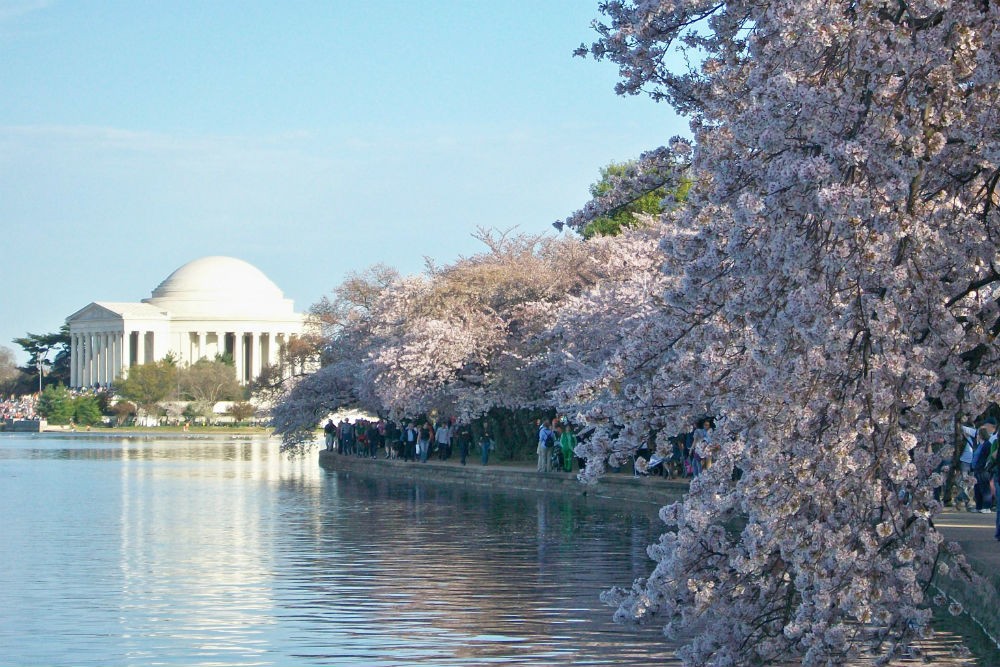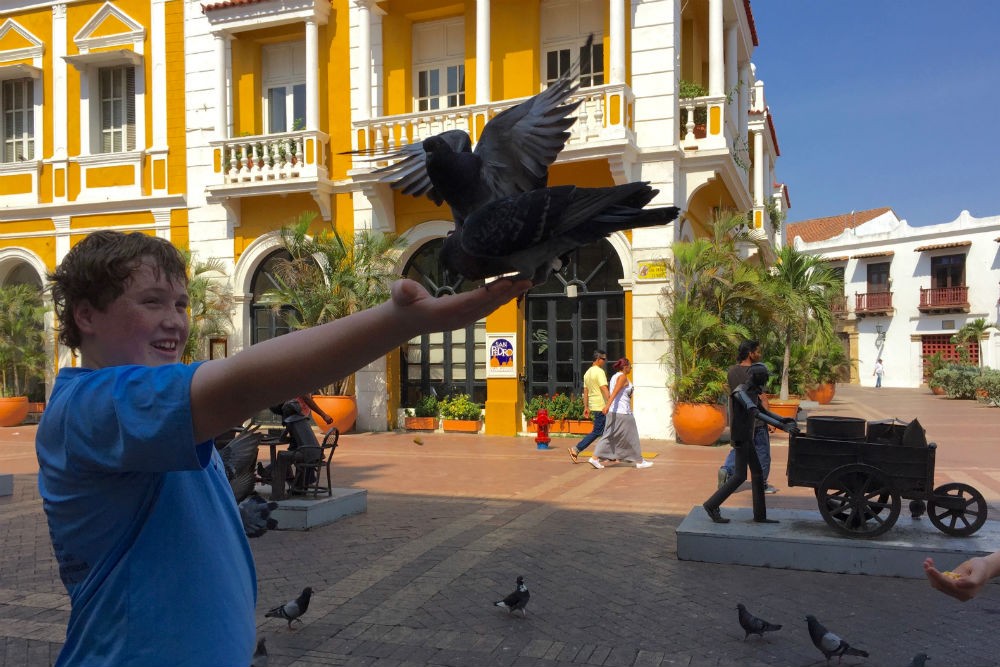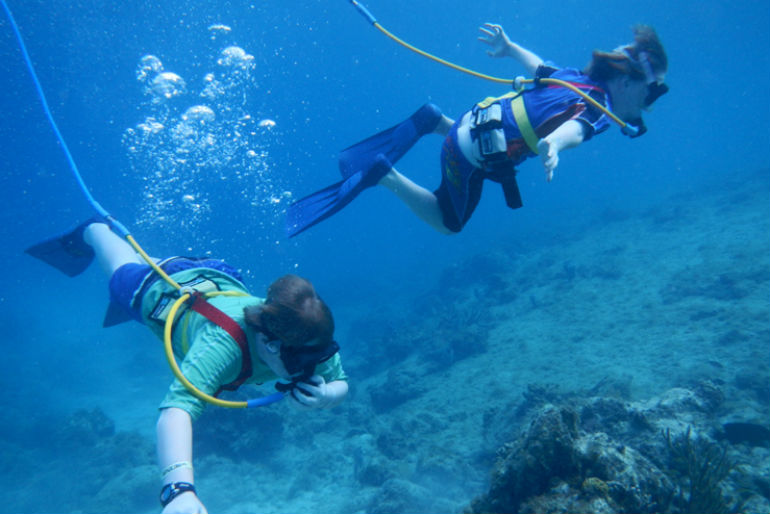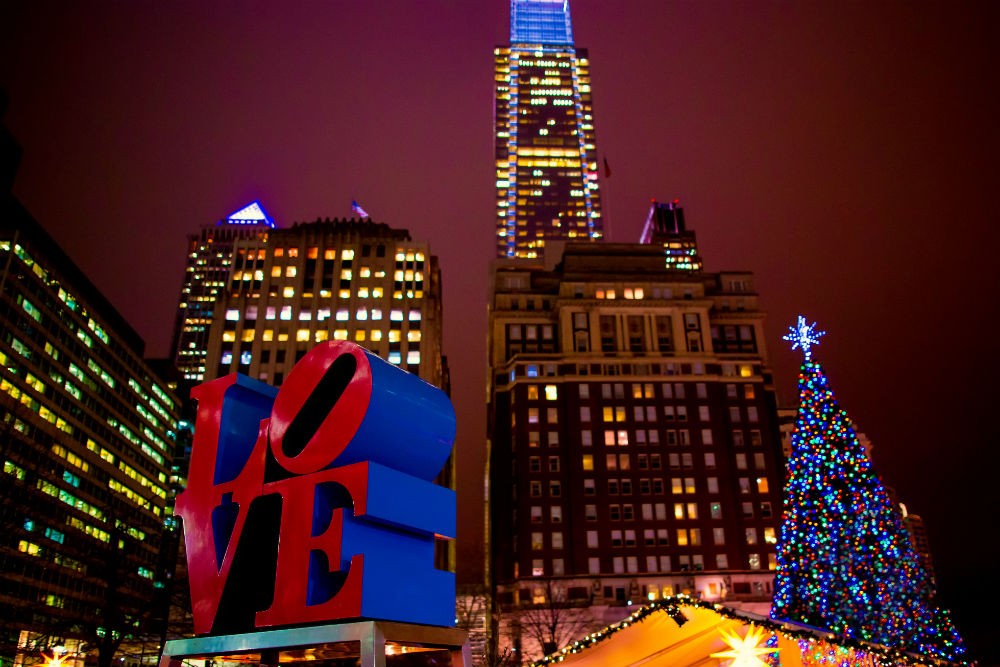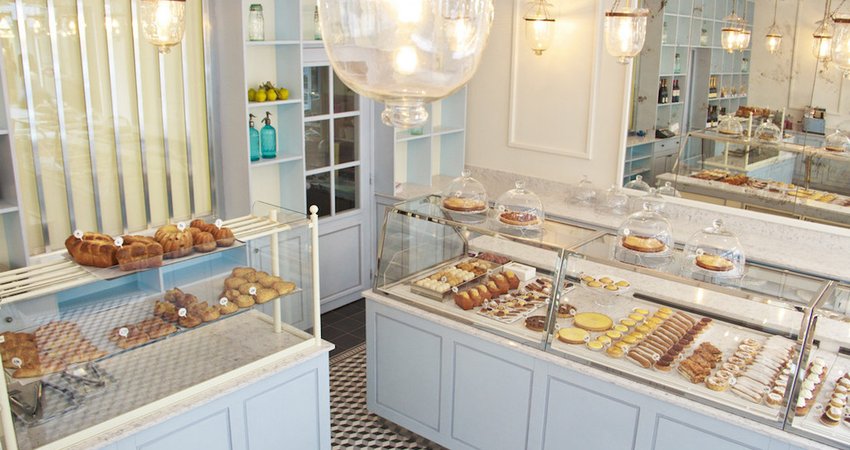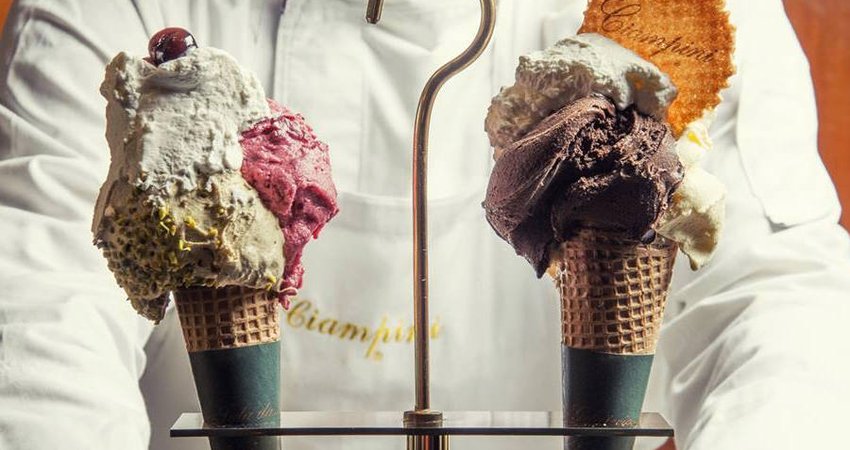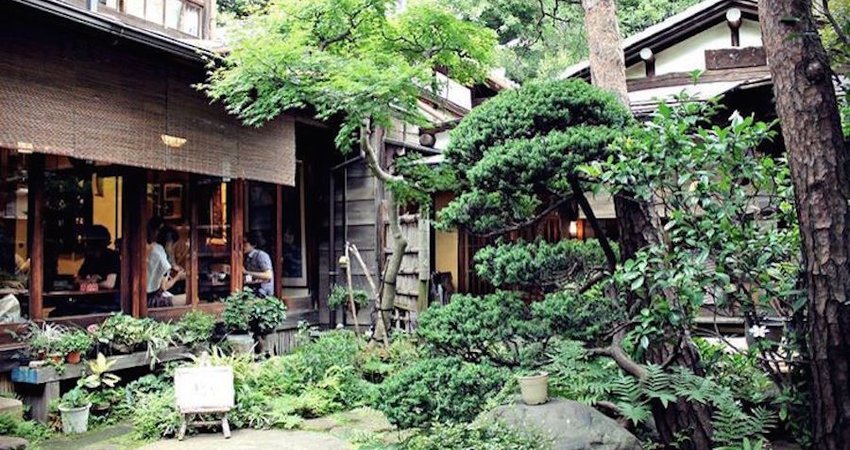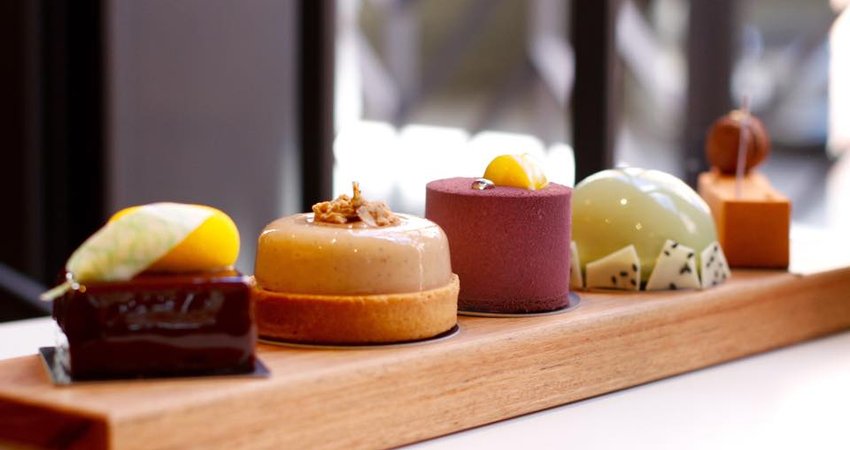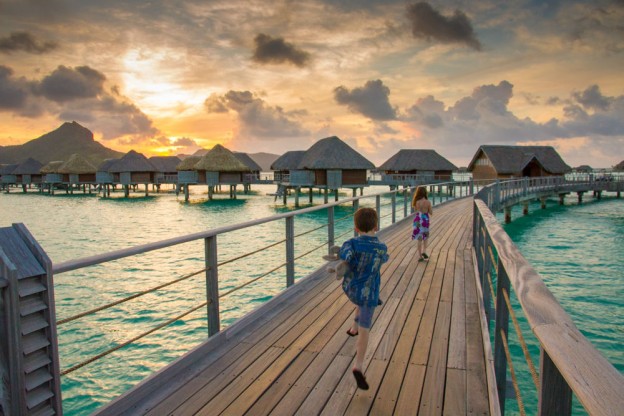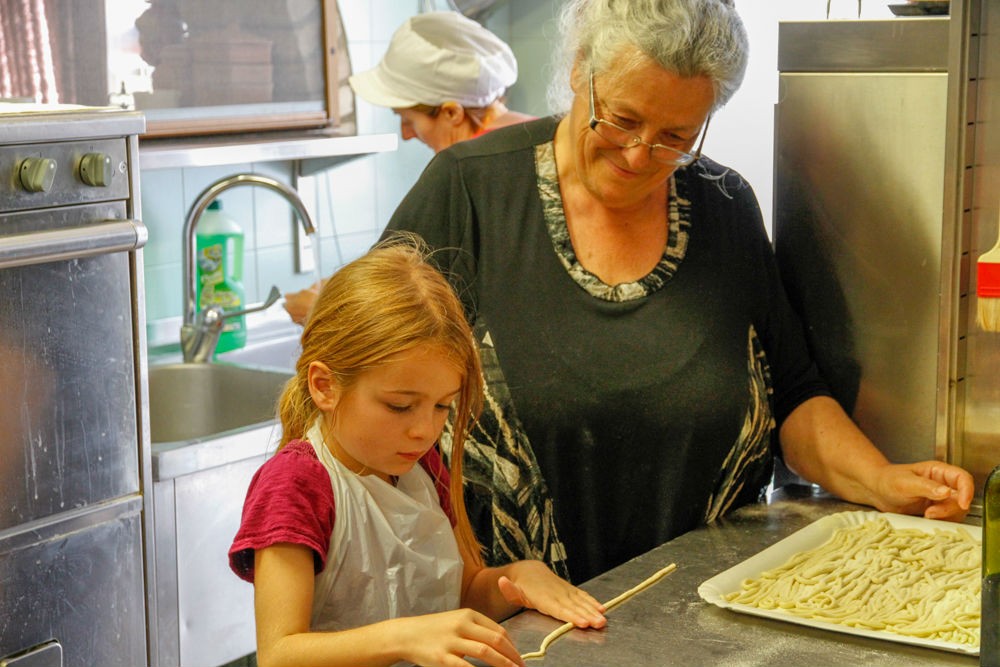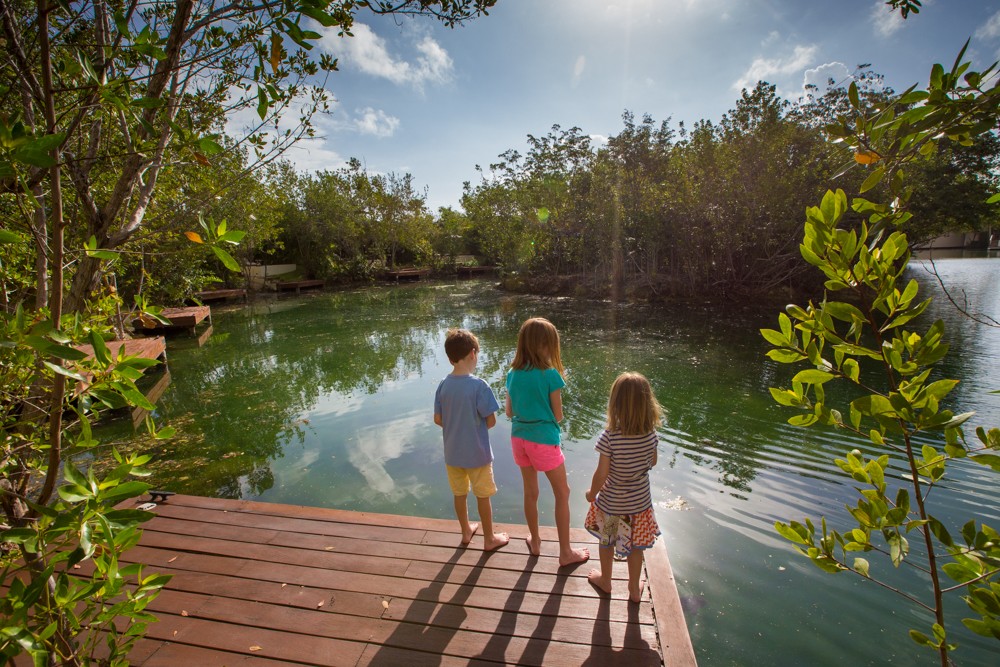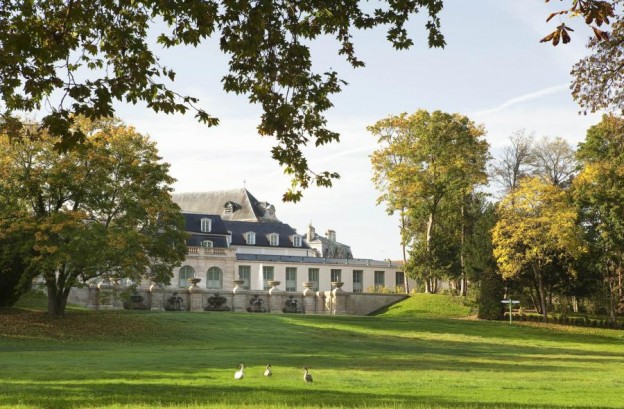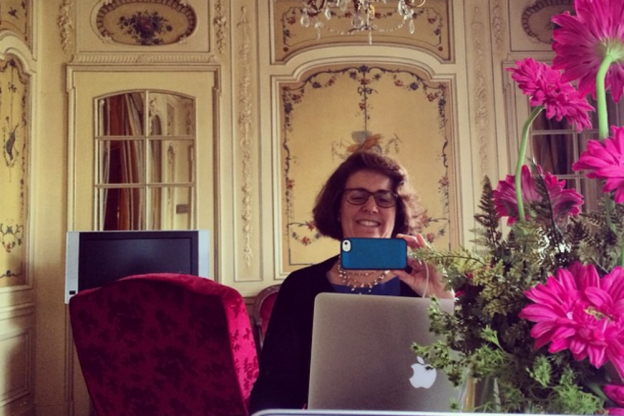After our newsletter about your fellow traveler Jamie Reuter—who’s pictured above in Paris, with his daughter and granddaughter, before he fell, broke his leg, and ended up in surgery—many of you wrote in with questions. So I thought you’d appreciate an update from his wife, Jan Heininger (below). It’s fascinating to read her report on French doctors and navigating hospital complications.
When a medical emergency strikes abroad, what are the best sources of help? In my own personal experience—everywhere from Australia to Zimbabwe—the best local recommendations have come from a WOW expert. Indeed, after telling you about my visit to the E.R. in Sydney, one reader wrote in that she had just been in Mendoza, Argentina, with a friend who severely broke her ankle; they had contacted the Argentina-based WOW expert who planned their trip, and she put them in touch with the right orthopedic trauma specialist.
When you’ve arranged a trip on your own—meaning, when there’s no WOW expert to help you—here are other sources to try. I, or people close to me, have used them successfully:
- The International Society of Travel Medicine’s Global Clinic Directory.
- IAMAT’s (International Association for Medical Assistance to Travellers) Travel Health Resources.
- A top hotel concierge—say, one who belongs to Les Clefs d’Or—for a recommendation of a reliable local doctor.
- A premium credit card that offers travel-related emergency assistance, such as the American Express Platinum Card.
- Membership in Medjet to get you from the hospital abroad to the hospital back home where you want to be.
Remember: Sometimes the help you need goes beyond getting in to see the right doctor at the right hospital. Sometimes it’s about help with negotiations, paperwork, and rearranging your travel plans. Read on for the conclusion of Jan and Jamie’s Paris saga, as well as a report from a traveler who fell ill in New Zealand, and a review from a couple who needed mobility assistance in Venice—and got it, thus preventing any medical emergency in the first place!
FRANCE: “While the rest of us were doing these wonderful activities, an ambulance had taken my poor husband—who’d fallen along the Seine just seven hours after our arrival in Paris—to the emergency room…”
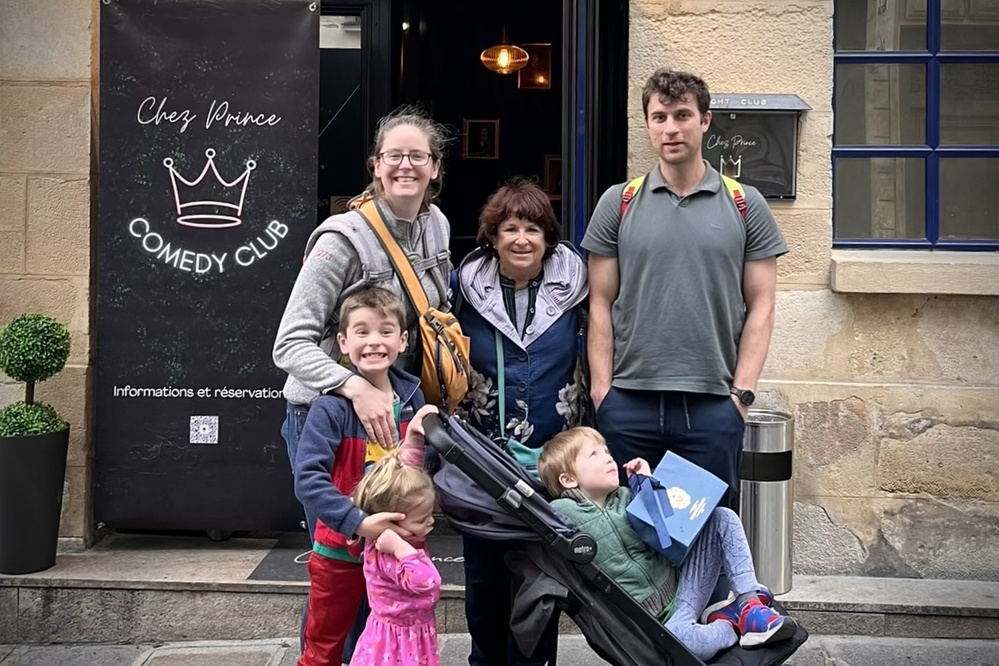
Jan Heininger and family enjoying Paris.
“There were two trips during the ten days my husband and I spent in Paris. The first was a wonderful week of Paris with kids—with grandparents (us), our daughter and son-in-law, and their three kids (ages 2, 3, and 6). The second was my husband breaking his leg/hip on the first day and having to spend the entire time in a Paris hospital.
Jennifer’s role and assistance for both trips was essential: When calamity strikes, you need the kind of assistance that no regular travel agent or group-trip company can provide.
Jennifer knew exactly how to design a trip geared toward introducing three very young children to Paris. While the rest of us were doing these wonderful activities, an ambulance had taken my poor husband, Jamie Reuter—who’d fallen along the Seine just seven hours after our arrival in Paris—to the emergency room. He’d broken his leg badly next to his artificial hip.
Once Jennifer found out, she dispatched her head of French and U.K. operations, Albin Fady-Bonnet, who devoted his already busy week to shepherding us through a very frustrating ten days of dealing with a vastly different medical system from ours. My husband languished in hospital for six days before he finally had surgery.
He was in Hôpitaux Universitaires Pitié Salpêtrière, France’s best hospital with the best doctors. But, as this was Paris’s trauma hospital (where Princess Diana was taken), my husband kept getting bumped by other, more traumatic cases.
My French is passable, but insufficient for medical nuances. In a medical system where doctors rule all and feel little need to communicate with patients and not at all with their families, I was constantly scrambling to get information, trying to arrange for medical evacuation, setting up matters for our U.S. doctors to operate if necessary when we got back, negotiating with our health insurance company, and dealing with our financial adviser.
There is no way I could have handled it all without the assistance (multiple times daily) of Jennifer and French-speaking Albin, who intervened repeatedly with the hospital on our behalf to get information we could not get ourselves. It involved much more than I’m going into. Suffice it to say, we were the nightmare clients that no one ever wants to be (or have), and Jennifer and Albin handled it with grace and aplomb, rearranging our itinerary at the drop of a hat and getting me a (wonderful) hotel to stay in after the kids departed.
We’ve taken at least twenty trips with Wendy’s experts. For rare glitches, they jump in to fix things immediately. I had confidence that Jennifer, just like every one of Wendy’s carefully vetted specialists, would jump in to do whatever was needed to get us safely home. Even Wendy herself helped out and checked in to see how Jamie was doing.
FYI: Follow Wendy’s advice and get travel insurance. I should have. No one wants to have to put up what I was asked for to medically evacuate my husband: 140,000 Euros in cash, up front. Fortunately, we were able to avoid the medical evacuation route. We flew home five days after the surgery in business class (the only way the French doctors would let him go), with Jennifer having arranged a car and driver and a person who expedited our way with wheelchairs through the airport to the plane.” —Jan Heininger
ITALY: “During those days I was comforted by how well I was taken care of. This trip was worth every penny I spent…”
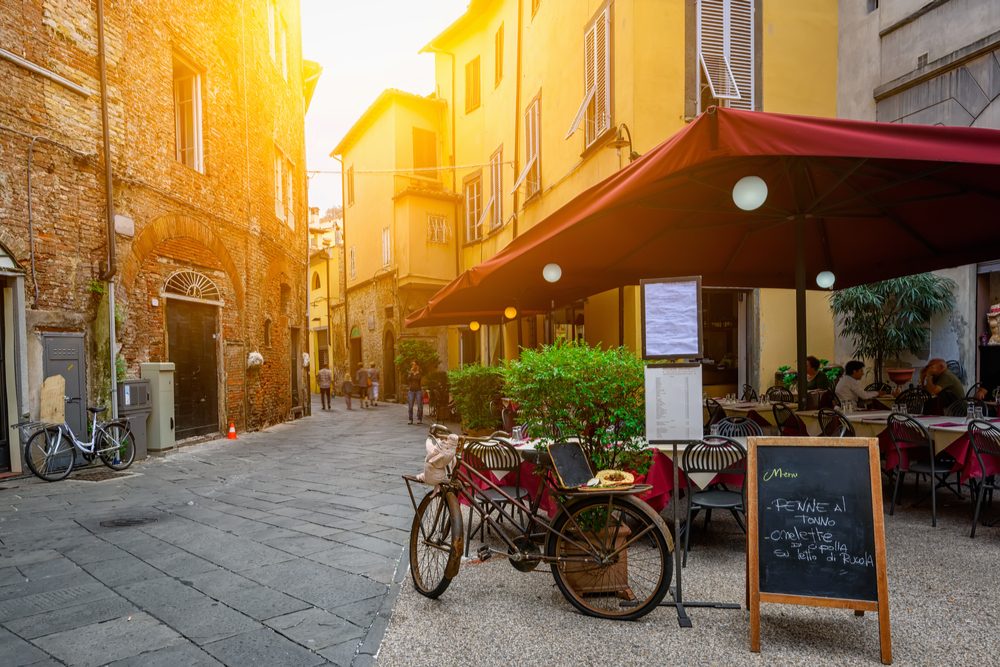
Become a regular at a coffee spot—it’s a quick way to feel like you live somewhere and to meet people who really do. Photo: Shutterstock
“EXTRAORDINARY! I am an experienced and, if I say so myself, a super-critical traveler. Maria and her team went beyond my expectations. The guides were inspiring, the drivers wonderful. All fabulously flexible, so if I wanted to change the plan, they could fulfill the new idea.
I told Maria I wanted to focus on food, visits with artisans, small villages, and wanting to stay at least three nights in each location. We had private cooking classes, meetings with a violin maker, textile designer, hunting for truffles, tastings of olive oil, balsamic vinegar, Parma ham, various cheeses and seeing how all were made.
I had my own private excursion with Covid mid-way through the trip. The staff joined together to find a second hotel room for my friend, contacted the people who were doing the private tastings to see if they could arrange to do everything outside. Upon checking in to one of the hotels that didn’t have a restaurant, to find they had contacted the manager, who informed me they could provide my meals by picking up food at nearby restaurants. Thankfully, I tested negative after 5 days. But during those days I was comforted by how well I was taken care of. This trip was worth every penny I spent, and I cannot recommend Maria highly enough.” —Ellen Salwen
CHILE: “My husband found that walking and being active kept the pain level down so he was able to enjoy all but one of the excursions…”
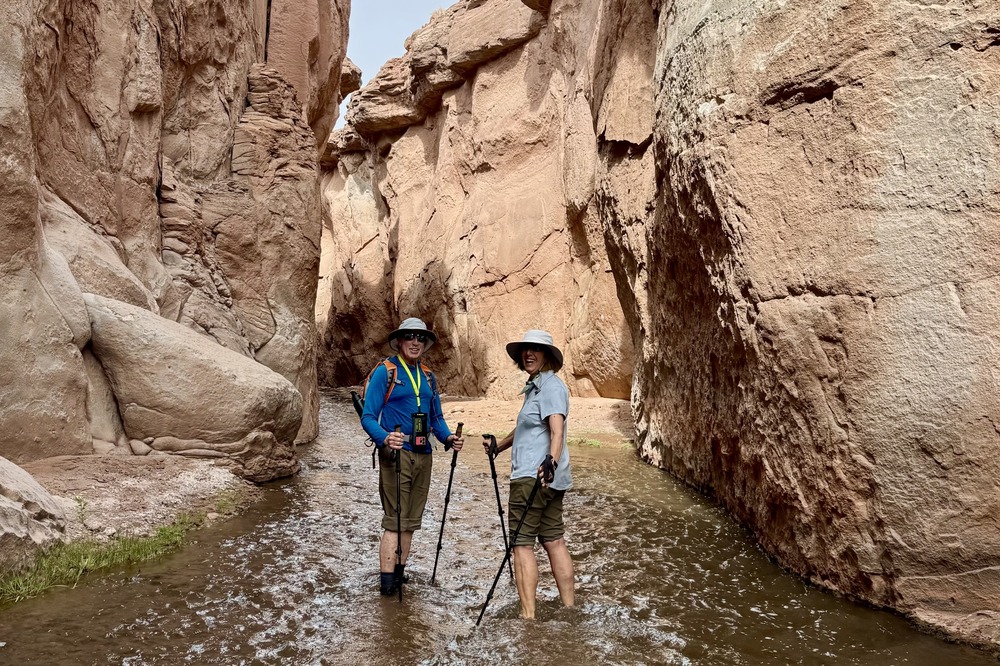
Karen Lindfors and her husband enjoy a river hike in an Atacama red rock canyon.
“We arrived in the Atacama Desert of Chile following a trip to Antarctica. Mark planned our journey to the Atacama, which was supposed to be followed by an overland traversa into Bolivia (more on that later). We stayed at the Explora Atacama Hotel and we cannot say enough about how wonderful it was. We did a wondrous variety of things, from soaking in a private natural hot spring to sliding down sand dunes to doing a river hike in a beautiful red rock canyon. Our visit was capped off with a trip to see the geyser field on the altiplano at 14,000 feet of elevation, which included a breakfast while we watched vicunas roam. Magnificent!
We were only supposed to stay at the Explora Atacama for three nights before journeying into Bolivia, but on our first full day there my husband developed a kidney stone. The hotel staff and our guide could not have been more helpful or kinder. Maureen, the hotel manager, arranged for a doctor to come to the hotel. She also drove us to the pharmacy in San Pedro de Atacama several times. They were in contact with the folks from Aracari who kept track of our situation. My husband found that walking and being active kept the pain level down so he was able to enjoy all but one of the excursions.
Knowing that we were going to be in a remote part of Bolivia at high altitude, we decided it was best to cancel that part of our trip. We returned home, kidney stone and all, after staying at the Explora for five nights. Mark has been very helpful and prompt in getting documents to us so that we can make a claim on our insurance. Three days after we returned home, my husband passed the stone and is pain free. We are so grateful that both Mark’s team and the Explora folks took such good care of us. We would not hesitate to use them in future travels.” —Karen Lindfors
SRI LANKA: “Their advice to go to a private hospital, even though it was a lengthy drive, was spot-on…”
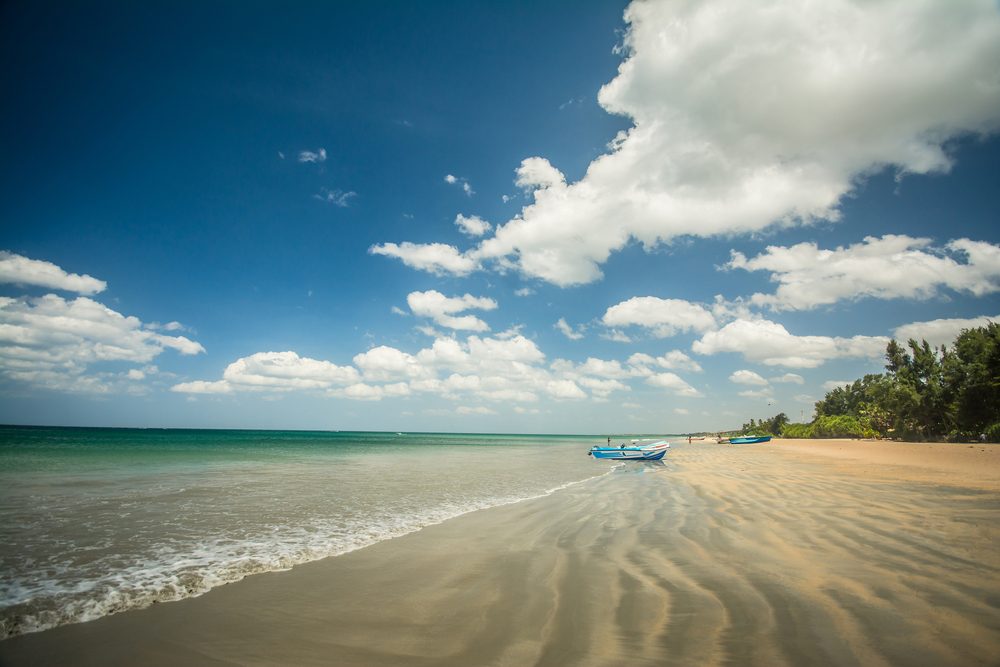
Trincomalee, Sri Lanka. Photo: Shutterstock
“My husband and I had an amazing 16-day trip to Sri Lanka, organized to perfection by Miguel and Nicola. Sri Lanka is a fascinating place to travel, with so many things to do, from ancient cultural spots to leopard safaris, from whale watching to staying at a renowned architect’s home, from great hiking on the Pekoe Trail to artist visits, from city walking tours to a final delicious dinner at Colombo’s Ministry of Crab.
Where the service of Miguel’s team really came through was when I suffered a dislocated shoulder while hiking, partway through the trip. Their advice to go to a private hospital, even though it was a lengthy drive, was spot-on. They quickly reorganized our itinerary to get us to our next stop with barely a hiccup. Our driver made a very lengthy drive to retrieve our luggage while we traveled in comfort via seaplane. A shout-out here goes to the staff at the Castlereagh bungalow of the Ceylon Tea Trails hotel, who packed up our luggage for us and got our documents to the seaplane stop. I know that if we hadn’t had Miguel’s office and the hotel staff helping us, the whole incident would have ruined our trip. As it was, we continued to enjoy all Sri Lanka had to offer.” —Chris Zufelt
SPAIN: “Unfortunately, during our trip, my husband fell quite ill, and Virginia’s team shone during these challenging times…”
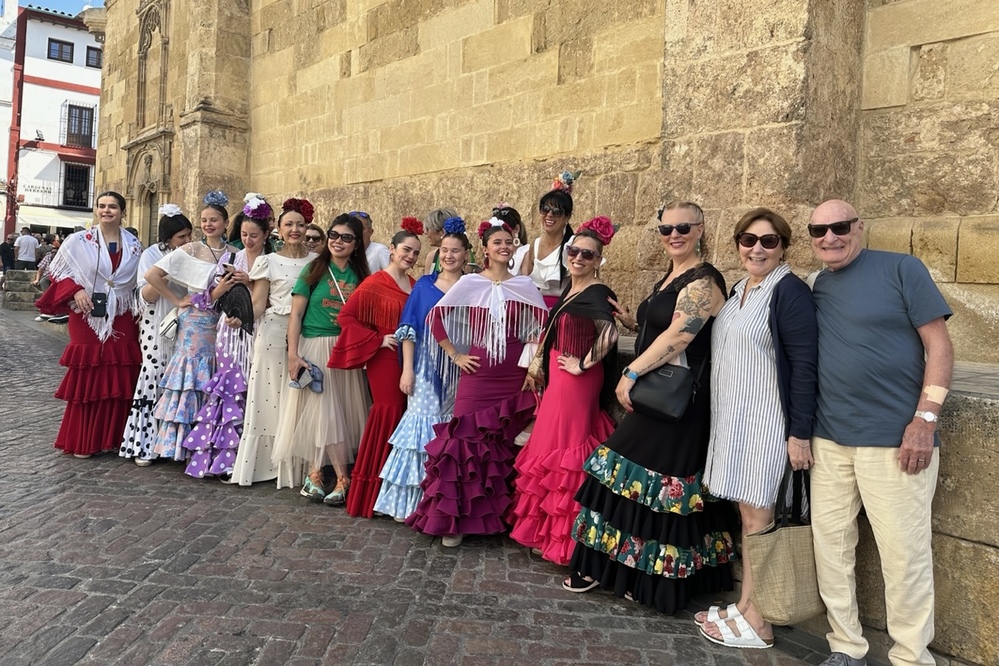
Mary Arzt and her husband Len seized a photo op during the annual Cordoba Fair in Spain.
“After decades-long procrastination, we were finally ready to visit the many places in Spain that had accumulated over the years. Since it would be a complex trip in a new country with several stops, we turned to Wendy’s WOW List for guidance. Virginia created a trip well beyond our already high expectations.
Since both my husband and I are on the older side, we needed to pace ourselves and still see everything we wanted to see. Virginia helped us accomplish this by pacing the trip perfectly, giving us plenty of downtime and moving the trip along when it was time.
Lifetime memories of our trip include the view of the Summer Palace from our room at the Alhambra, the timeless Granada Hammam, the shady garden courtyard outside our room in Cordoba during an otherwise hot afternoon, the overwhelmingly huge Mosque, an amazing three-hour jewel-like lunch in Seville, multiple delicious tapas tours with gracious guides showing us where the locals go, a delightful tutorial on Cervantes in the neighborhood where he lived and worked, seeing Velazquez’ Las Meninas at the Prado in Madrid and Picasso’s multiple deconstructions at the Picasso Museum in Barcelona (!), visiting the amazing Guggenheim in Bilbao, seeing San Sebastian’s bay for the first time, and drinking in Gaudi’s Sagrada Familia in Barcelona—to name just a few.
Unfortunately, during our trip, my husband fell quite ill, and Virginia’s team shone during these challenging times. They helped us get medical service in multiple hotel rooms, navigate the medical system in a foreign country (no small thing), and guided us in the use of our travel insurance policy in order to have him get well as quickly as possible. Their ongoing check-ins and authentic concern helped us feel supported and cared for while we were far away from home. It also allowed my husband to feel better more quickly and get back to enjoying our trip.” —Mary Arzt
NEW ZEALAND: “I got the flu and was so sick and had to cancel our 5-day Milford Track hike…”
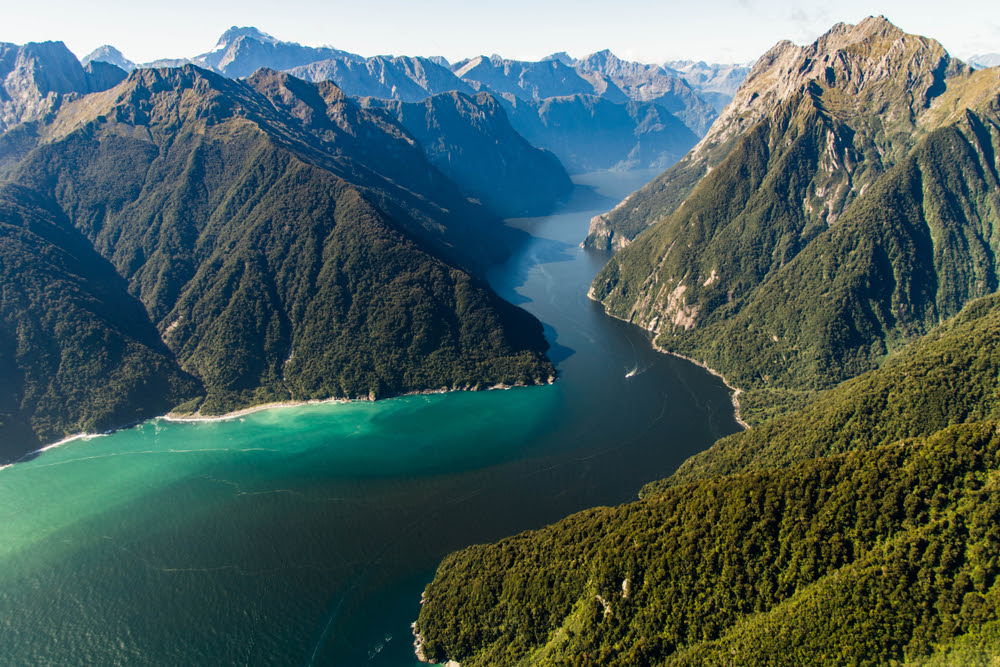
Milford Sound, in New Zealand. Photo: Shutterstock
“It was so valuable to us to have experienced, proven, on-the-ground travel experts who knew the area, could design an amazing trip and, most importantly, provided support 24/7 when unexpected problems arose. And we unfortunately had three unexpected problems, so we can attest first-hand to how important it is to have proven travel experts on the ground.
The first unexpected problem was a flight cancellation from Canada to New Zealand and the fact that our new available flight added three more days to our trip. Sarah and her colleague Sara worked their magic and were able to extend our stay at the Auckland Hyatt, add activities, adjust our itinerary, and coordinate all logistics, making everything seamless.
Then, when we were in Queenstown, we needed their help again. The night before we were to check out of our hotel, I got the flu and was so sick and had to cancel our 5-day Milford Track hike. We then had no place to stay, no plans, and I was sick. Fortunately, Sarah had booked us into the Hulbert House, a fabulous family-feel boutique hotel with amazing staff who Sarah knew well. Together the manager and Sarah’s team worked on finding us lodging and later let me know Hulbert House had a last-minute cancellation and we could stay right where we were. Hallelujah!
Sarah’s team also put together some ideas of things we might do in Queenstown and surrounding area when I felt better. Which brings me to the third problem we faced and needed assistance. From the list, we decided we should go on the Milford Sound cruise before the weather changed. This was a popular activity. The cruise had room, but all the flights to get there were booked. Sarah’s team worked hard and finally were able to find two different planes, each with one hopper seat left. We were in! The Milford Sound cruise and flight were definitely a highlight of our trip!” —Julie and Jim Clark
ITALY: “She made it possible for my husband, who walks with a cane, and me to travel around Venice and the lagoon with private boats…”
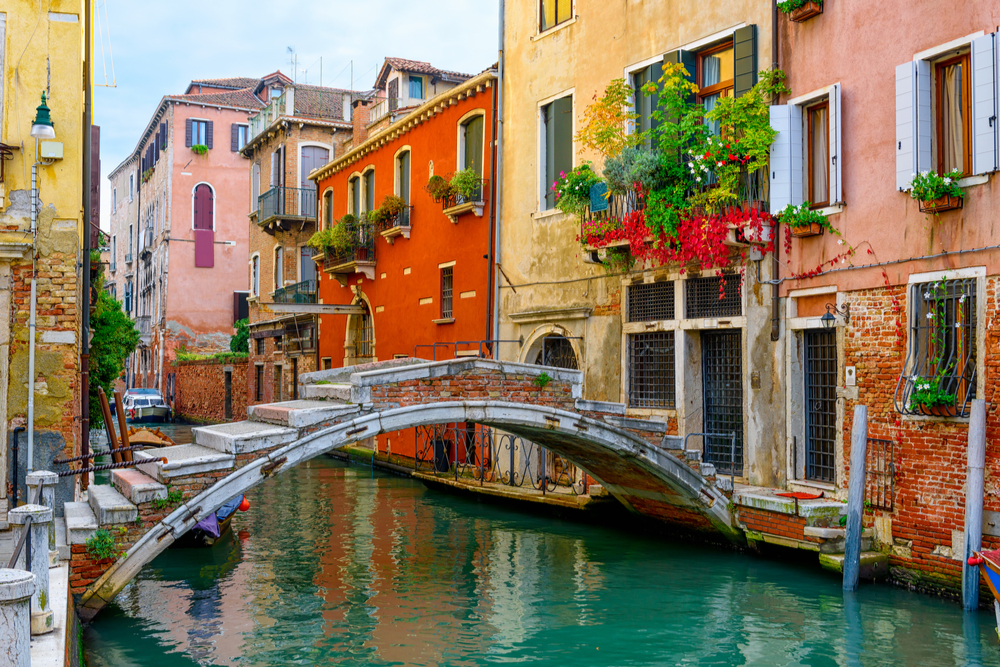
Venice now charges an entry fee to day trippers. It’s this empty only in low season or in under-the-radar neighborhoods. Photo: Shutterstock
“Luisa made our trip to Venice extraordinary. We have been to Venice many times, but now we are older and were skeptical that we could manage this trip. She made it possible for my husband, who walks with a cane, and me to travel around Venice and the lagoon with private boats, with a charming captain and a private guide.
Luisa organized a tour of the Museo Fortuny and an amazing artisanal weaving workshop with looms from the 16th century. We saw the Palazzo Grimani (Roman statues in Venice!) and San Giorgio Degli Schiavoni, with its stunning Carpaccios. We requested, and she arranged, a private tour of the Marciana Library. In addition, she arranged amazing dining experiences. Luisa was always available by phone for last-minute changes. Grazie mille for enriching our trip to Venice.” —Ellen Marks
Be a smarter traveler: Sign up for Wendy’s weekly newsletter to stay in the know. Read real travelers’ reviews, then use the black CONTACT buttons on Wendy’s WOW List to reach out to the right local fixer for your trip.



